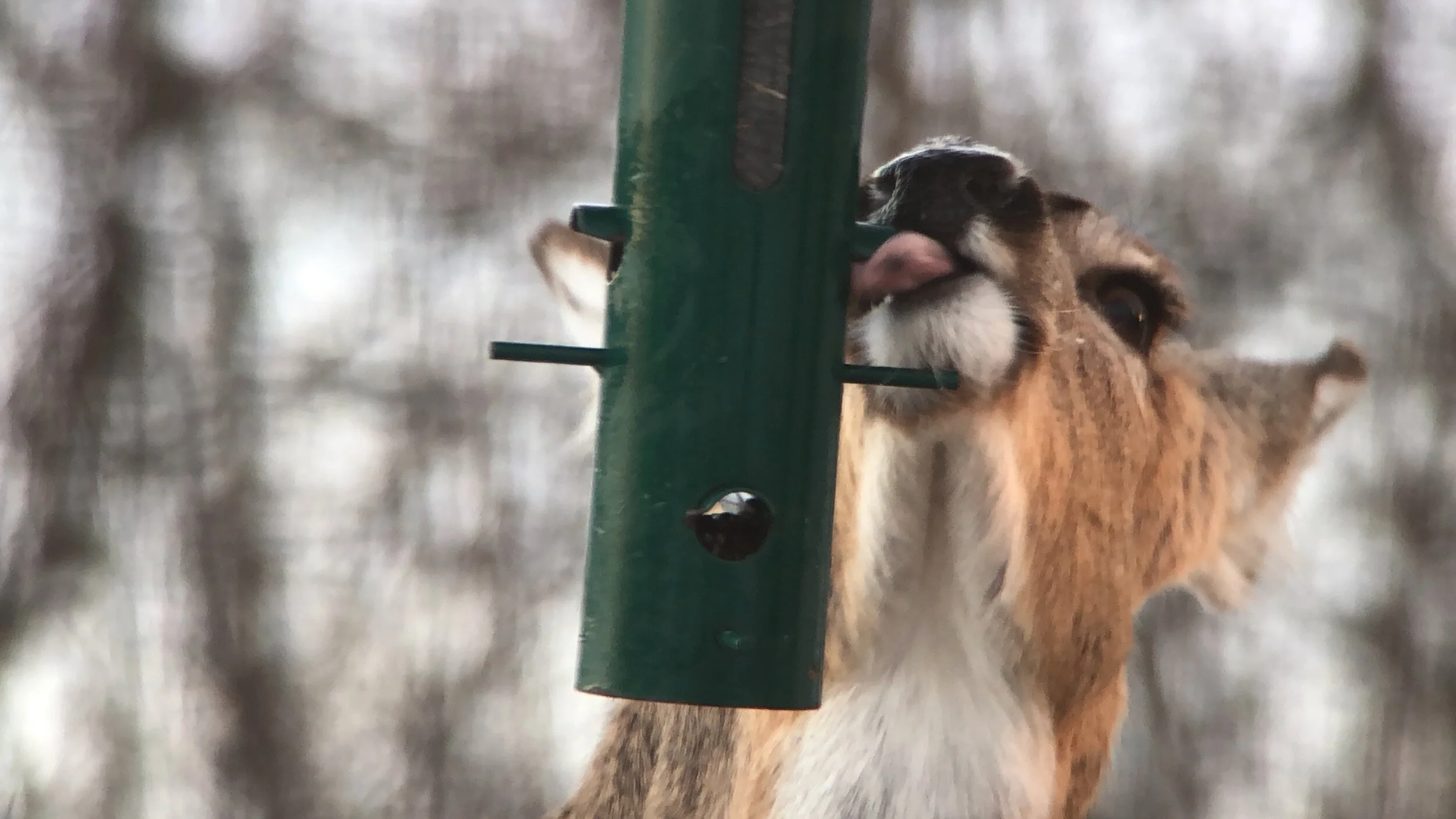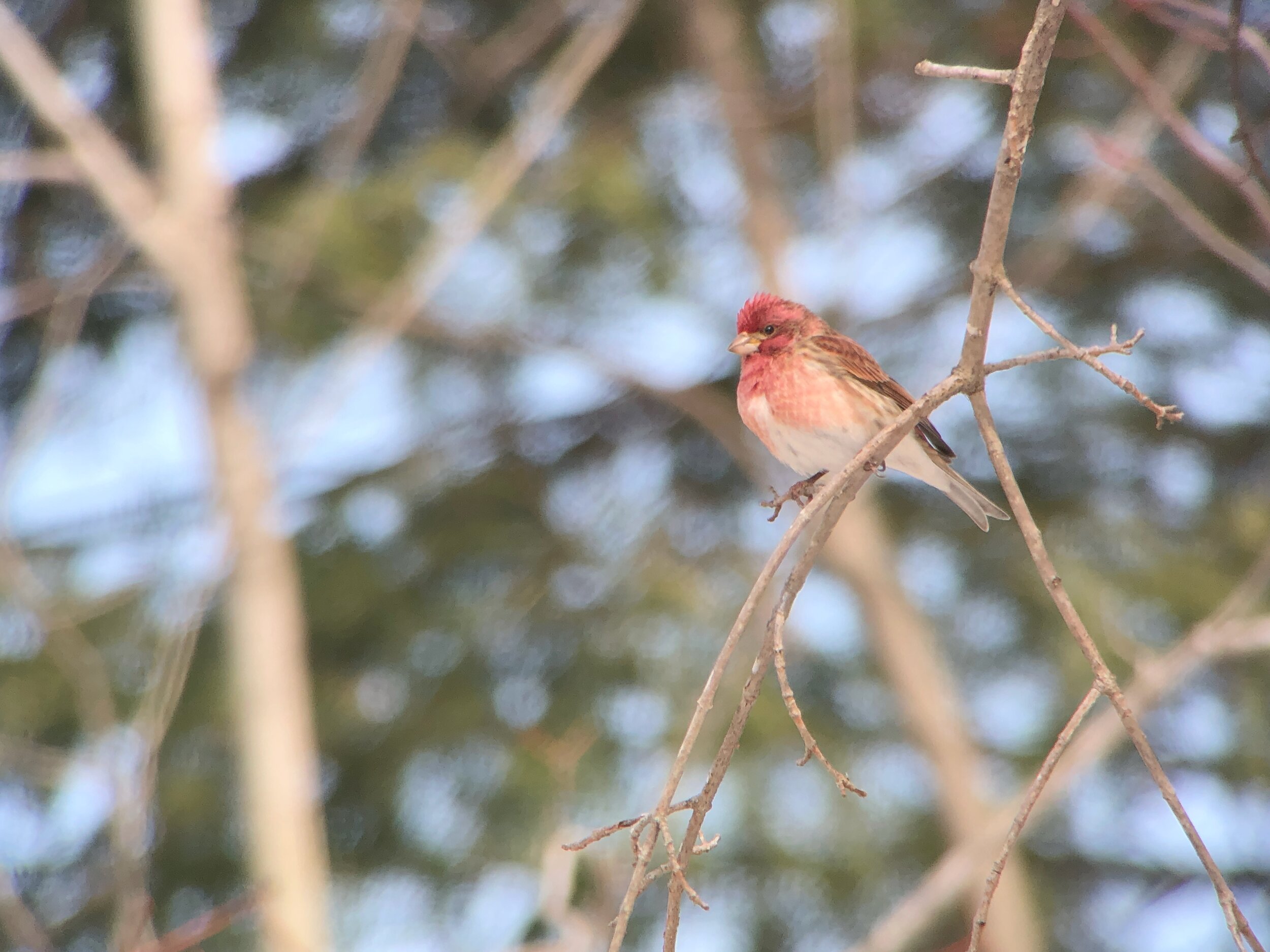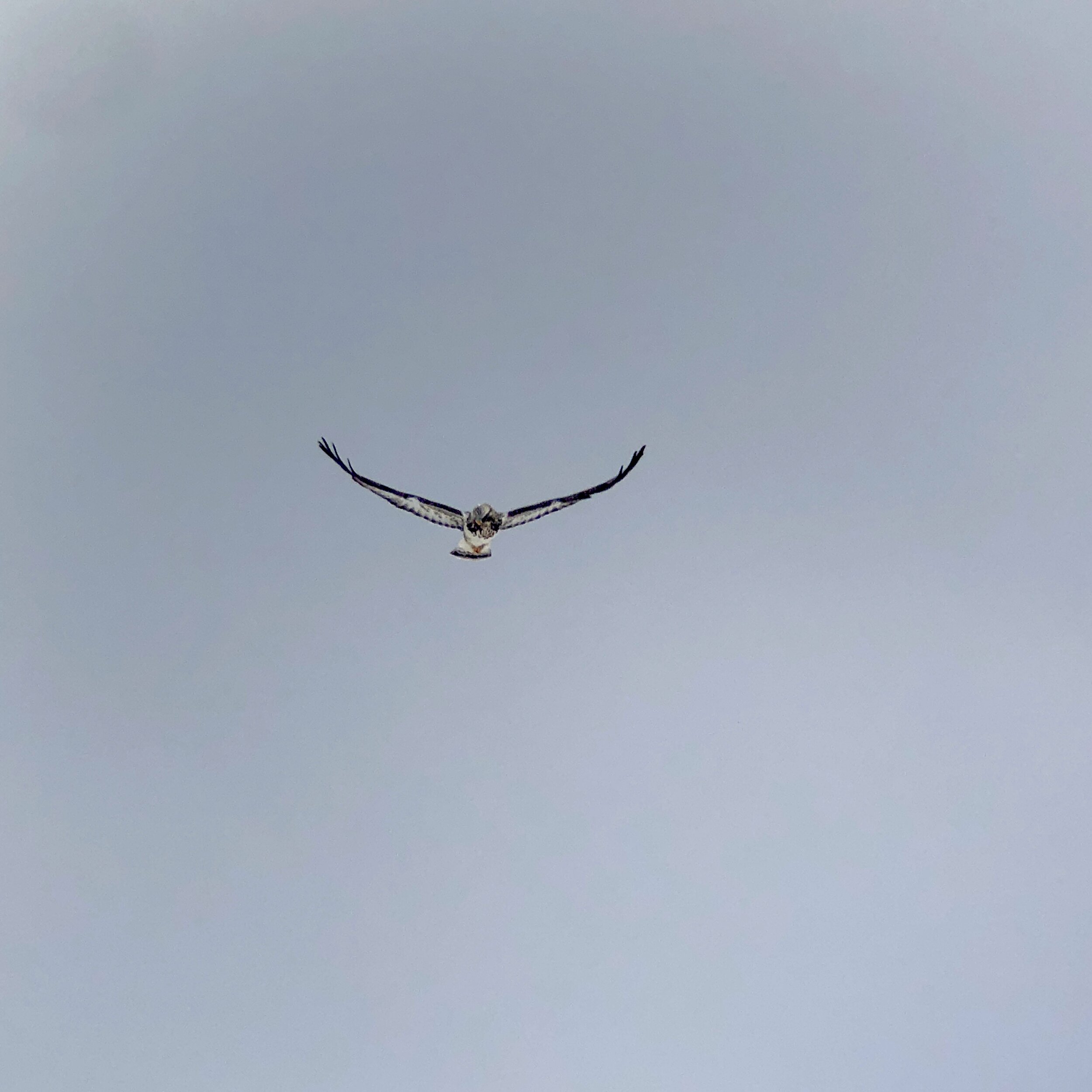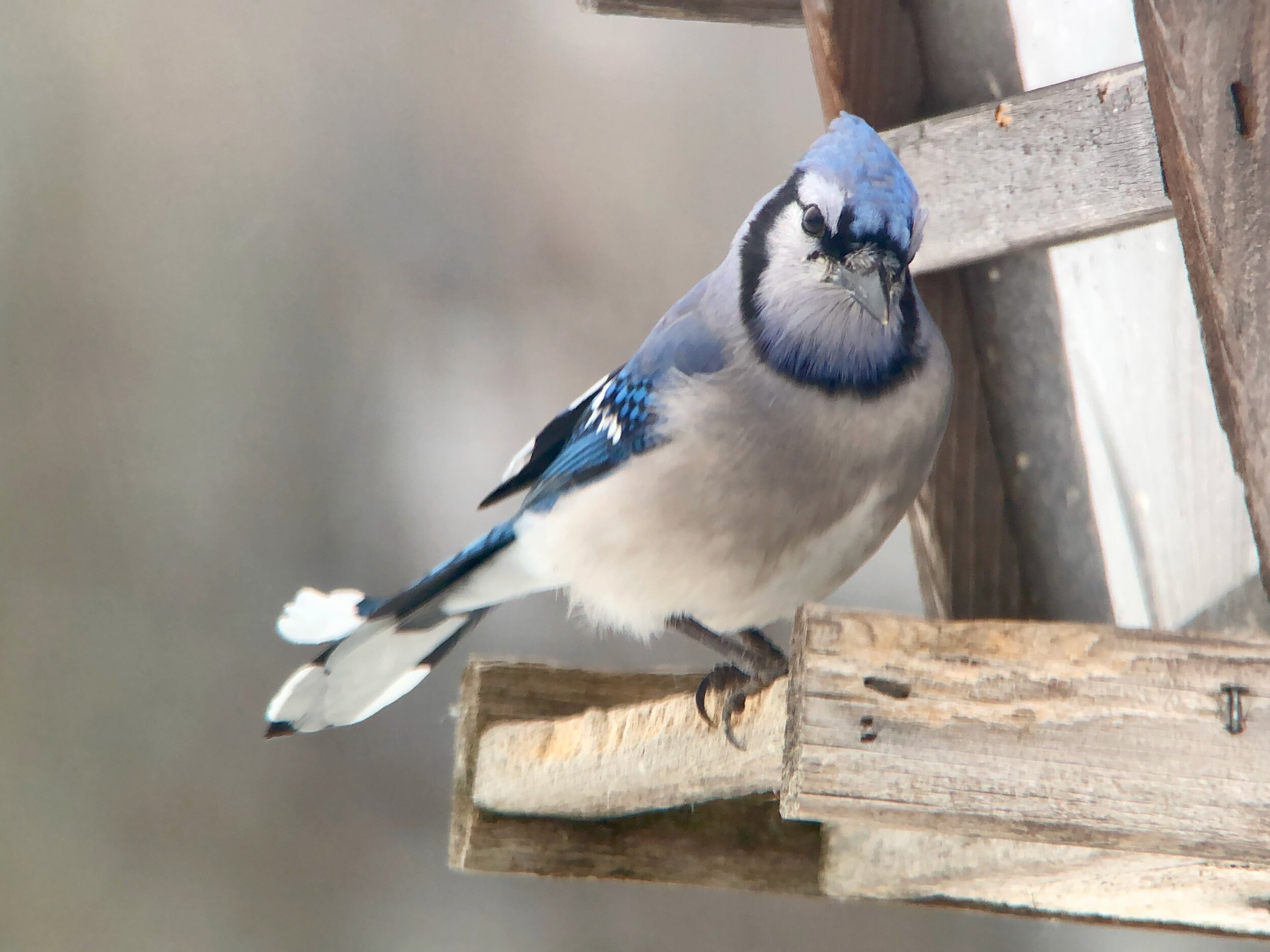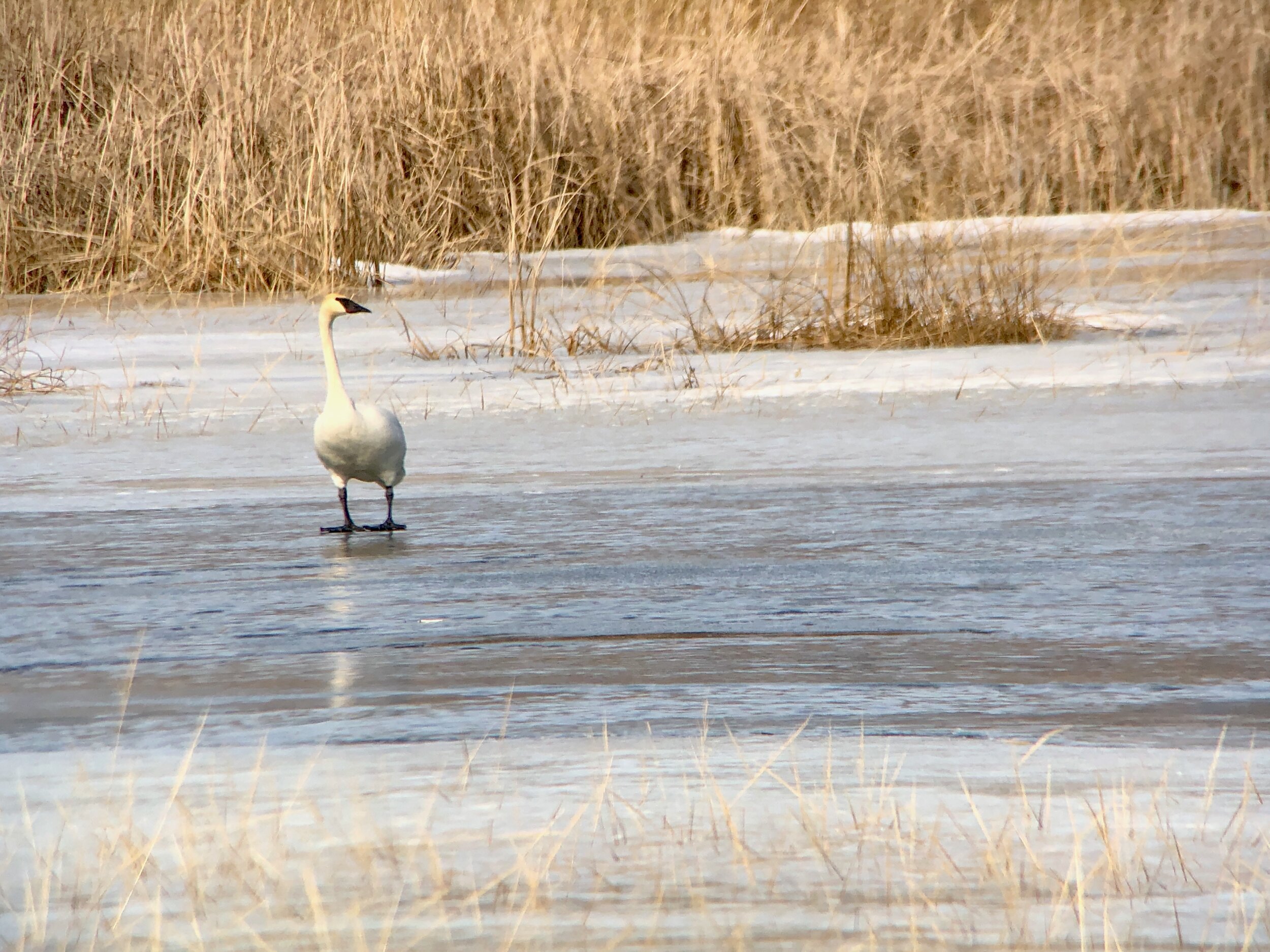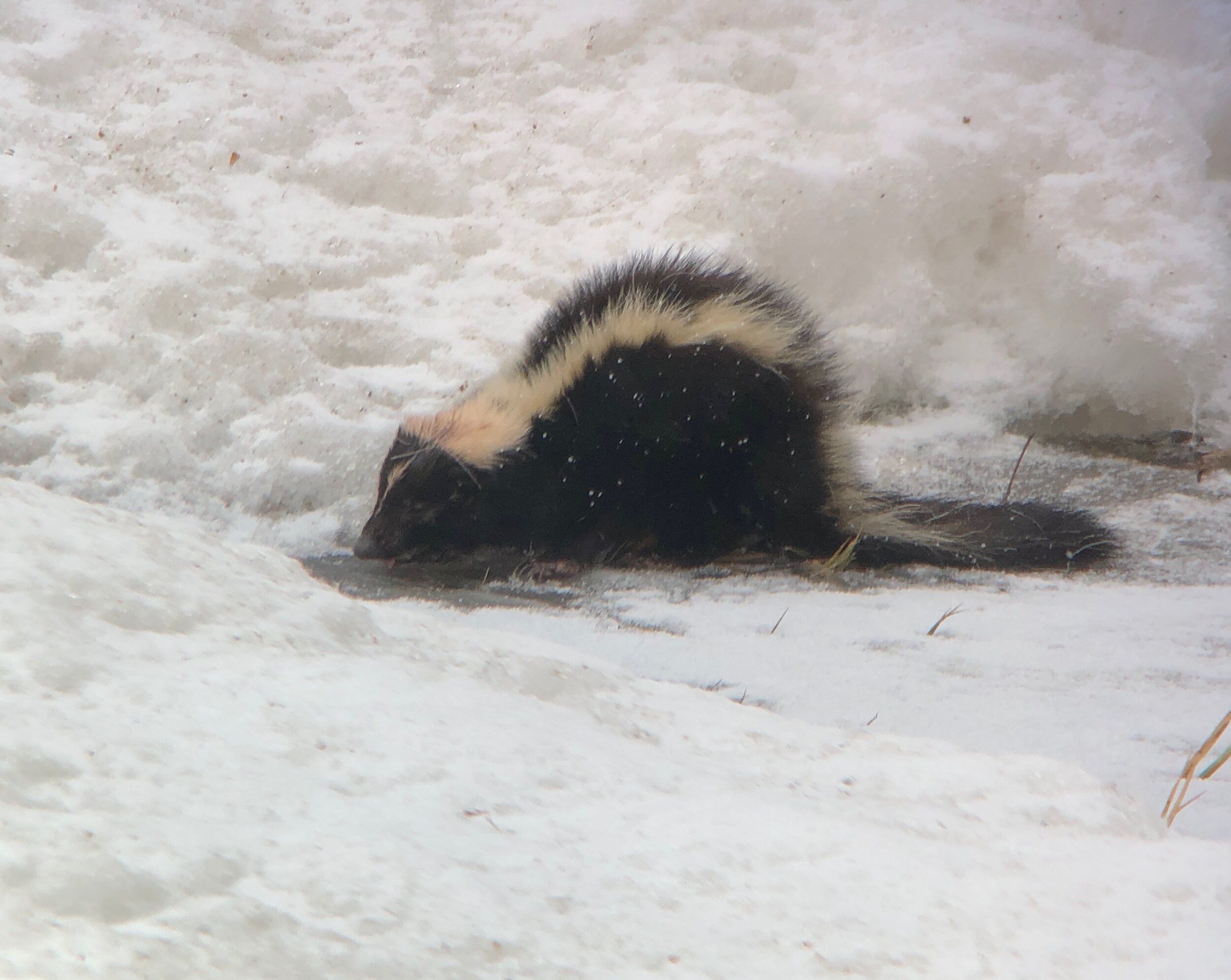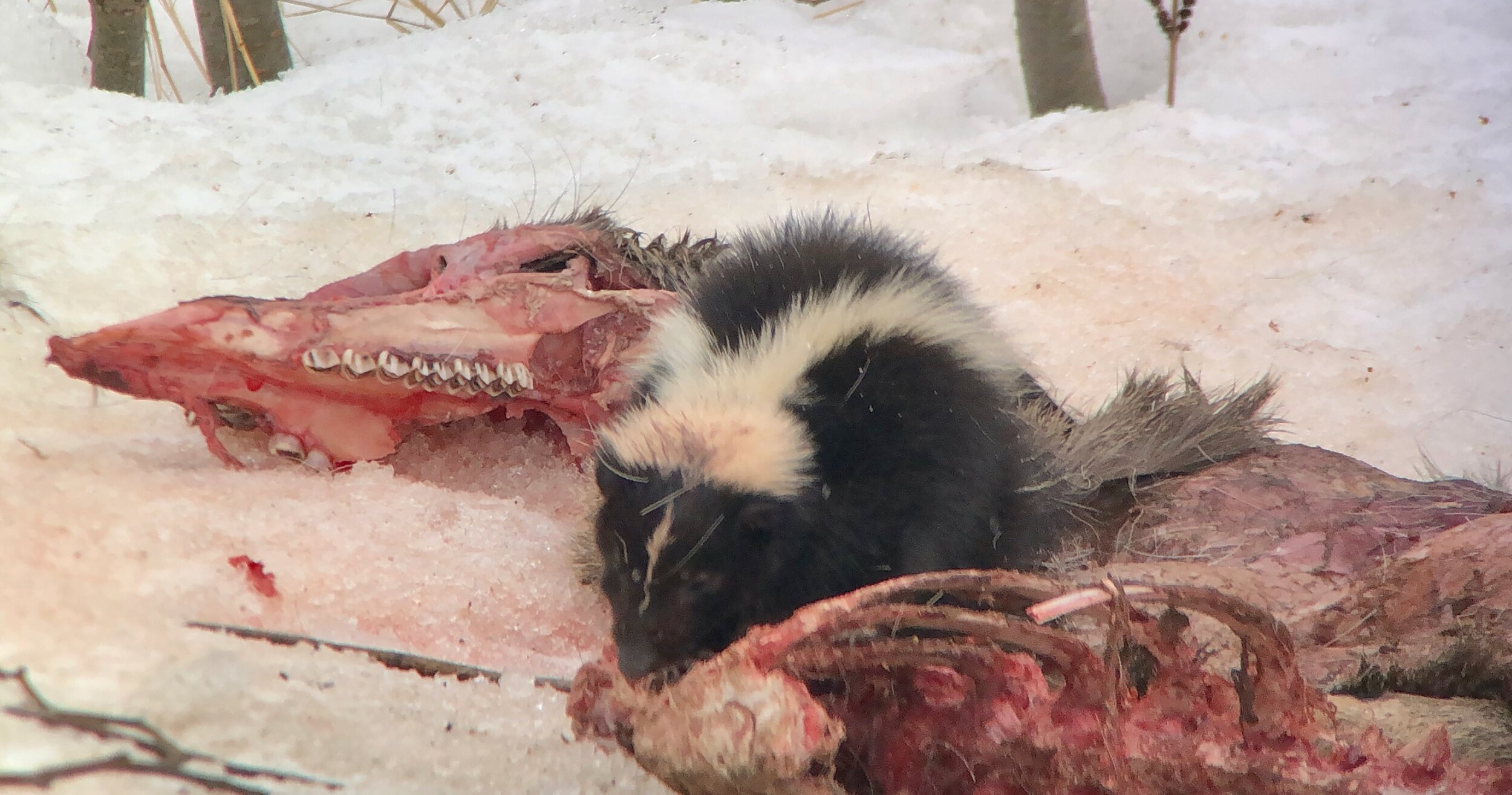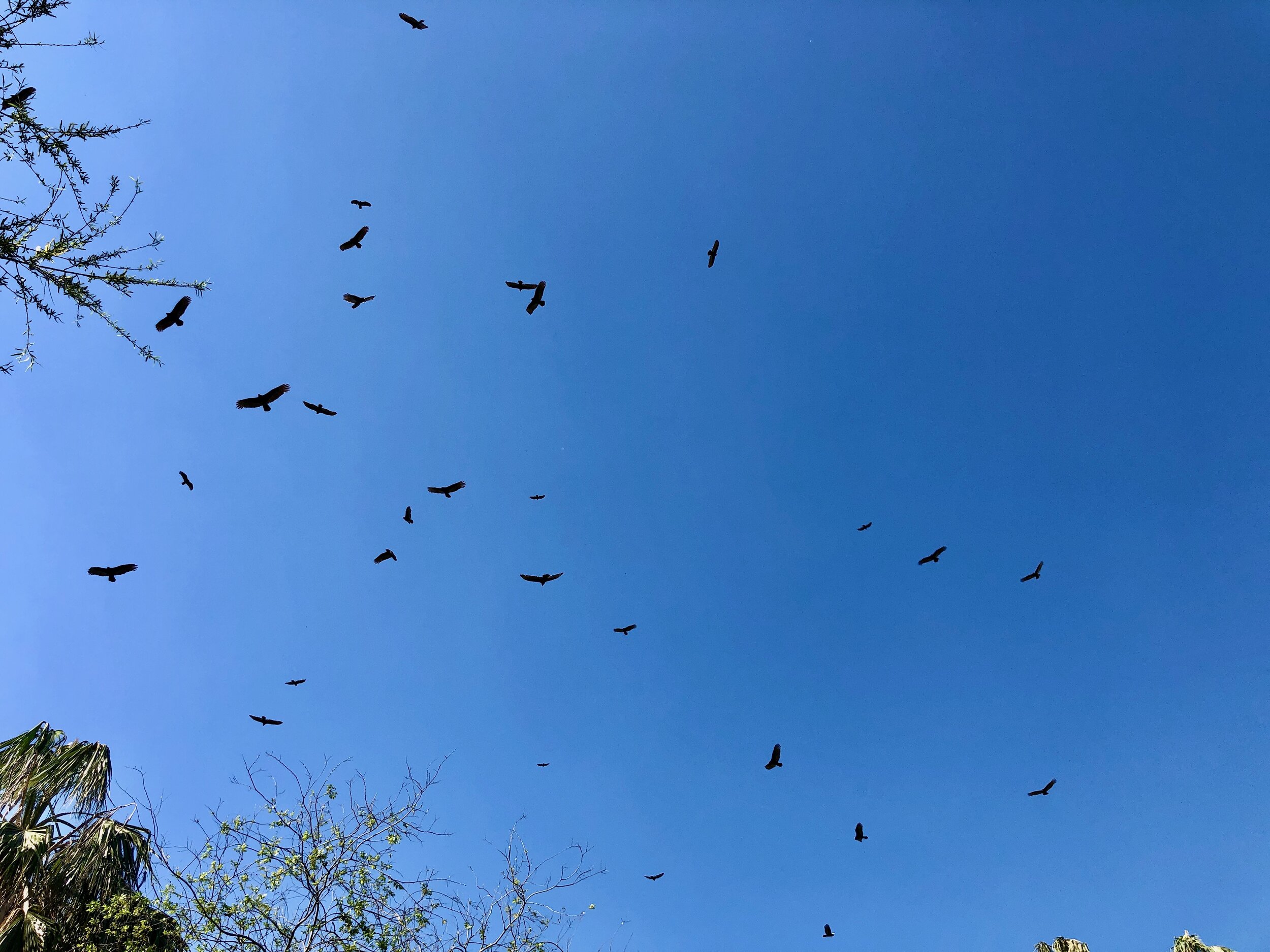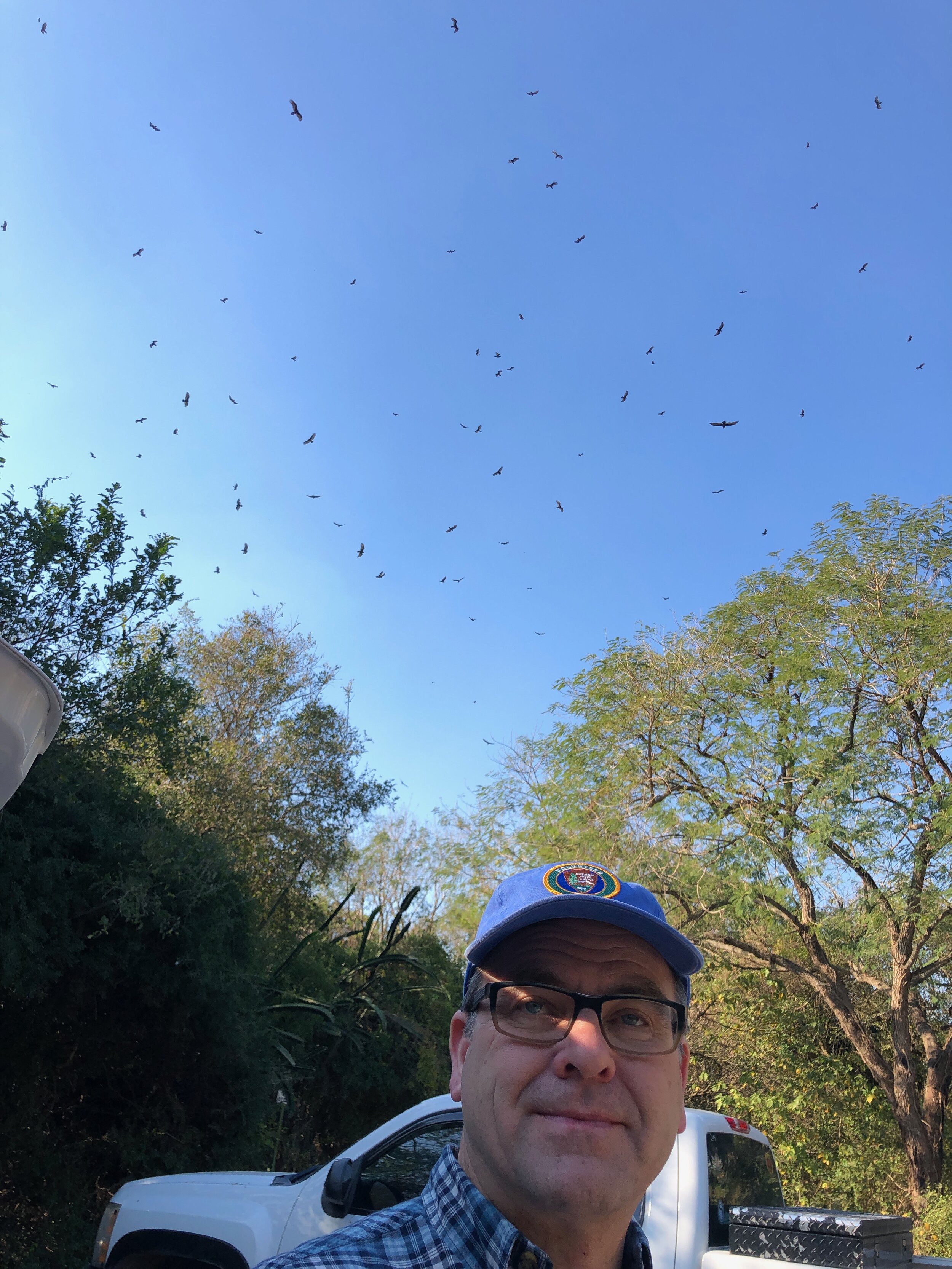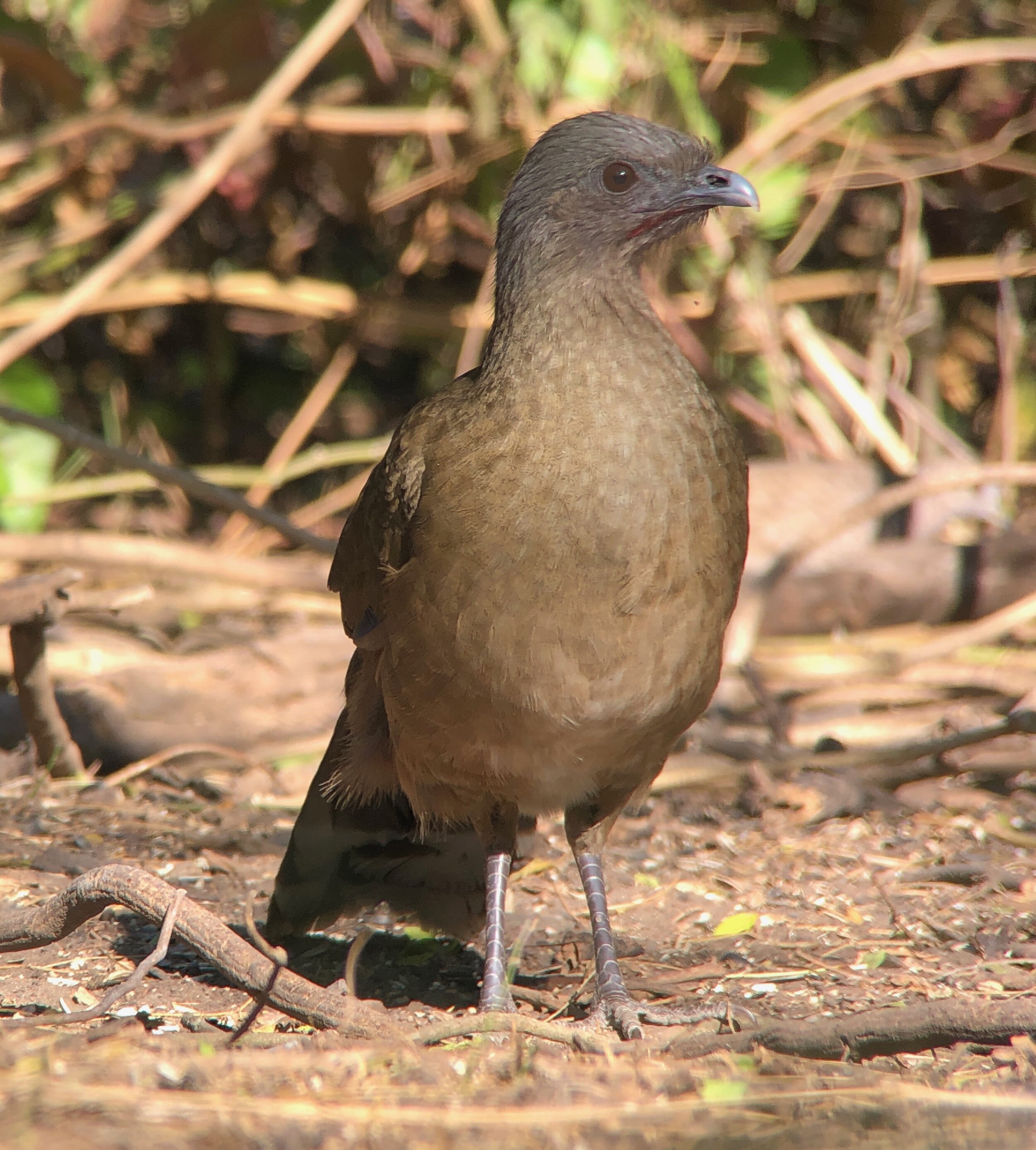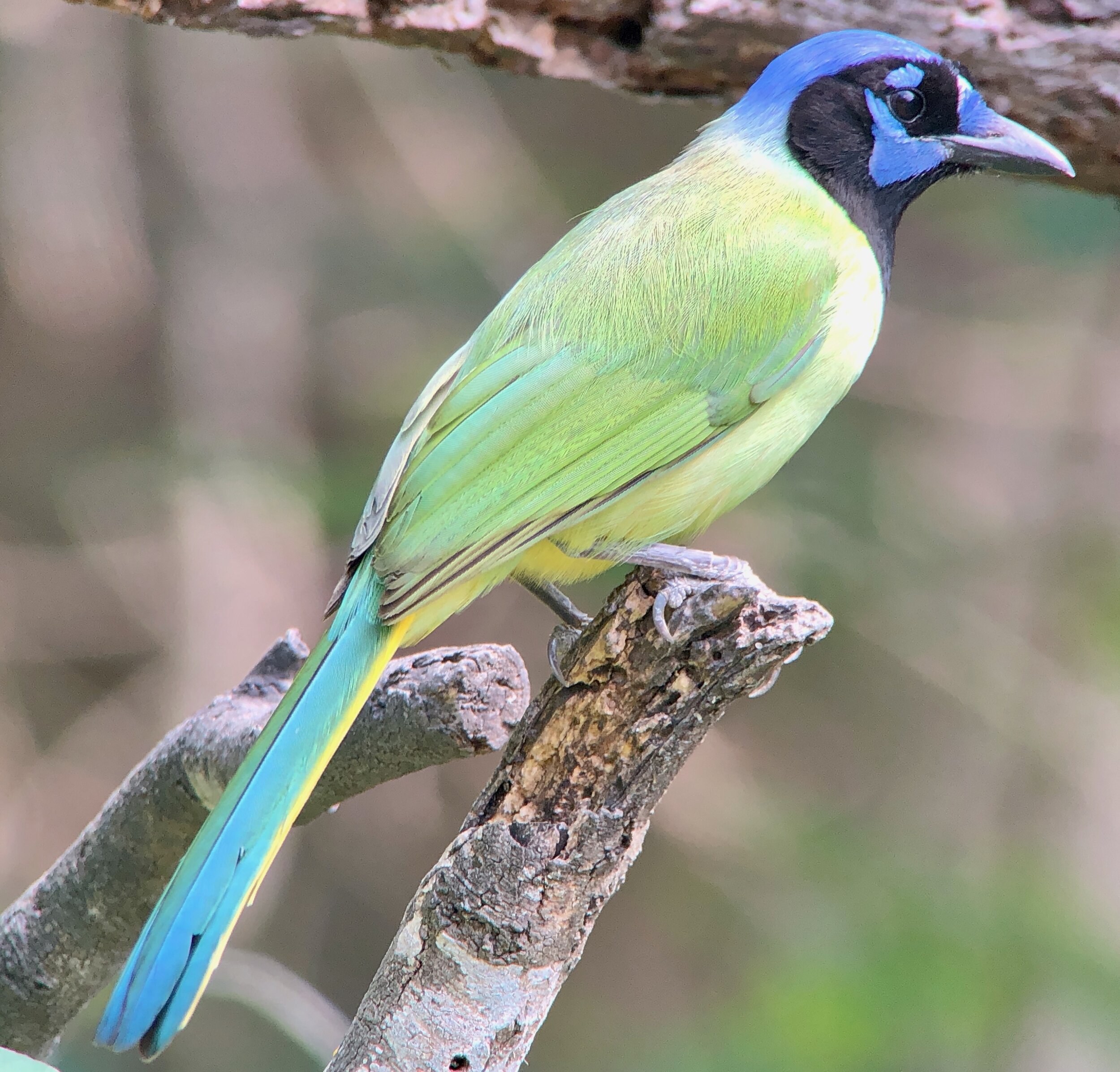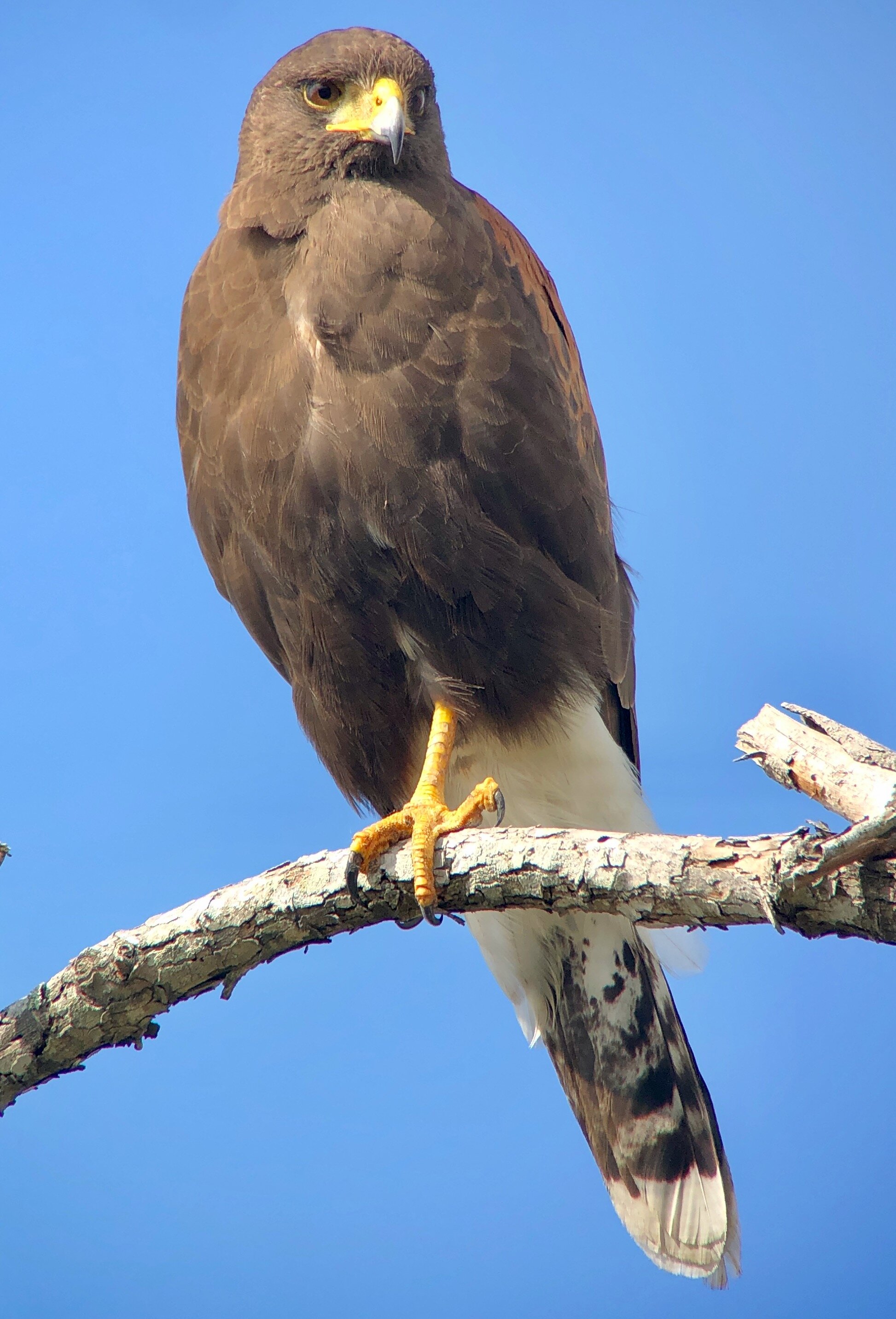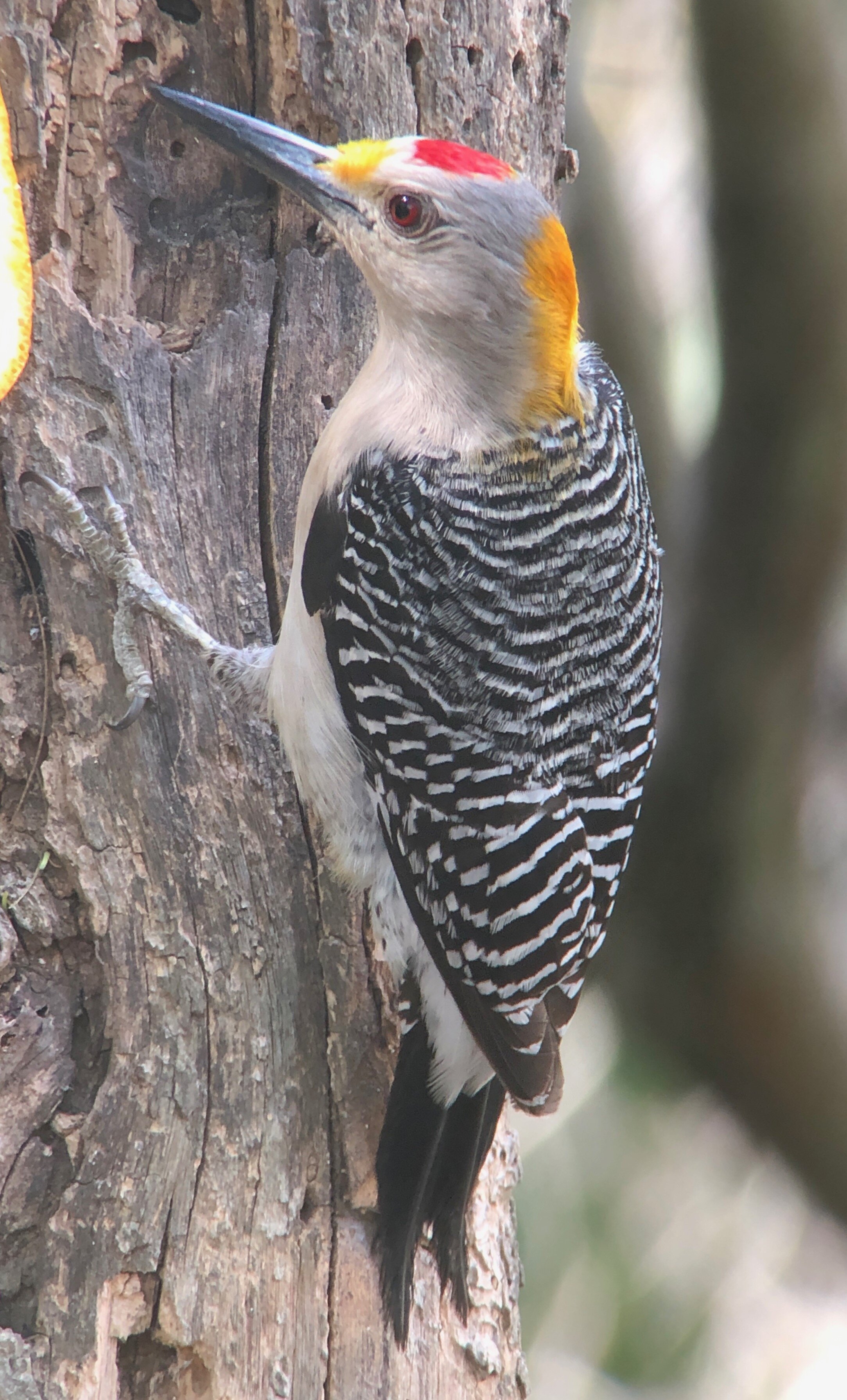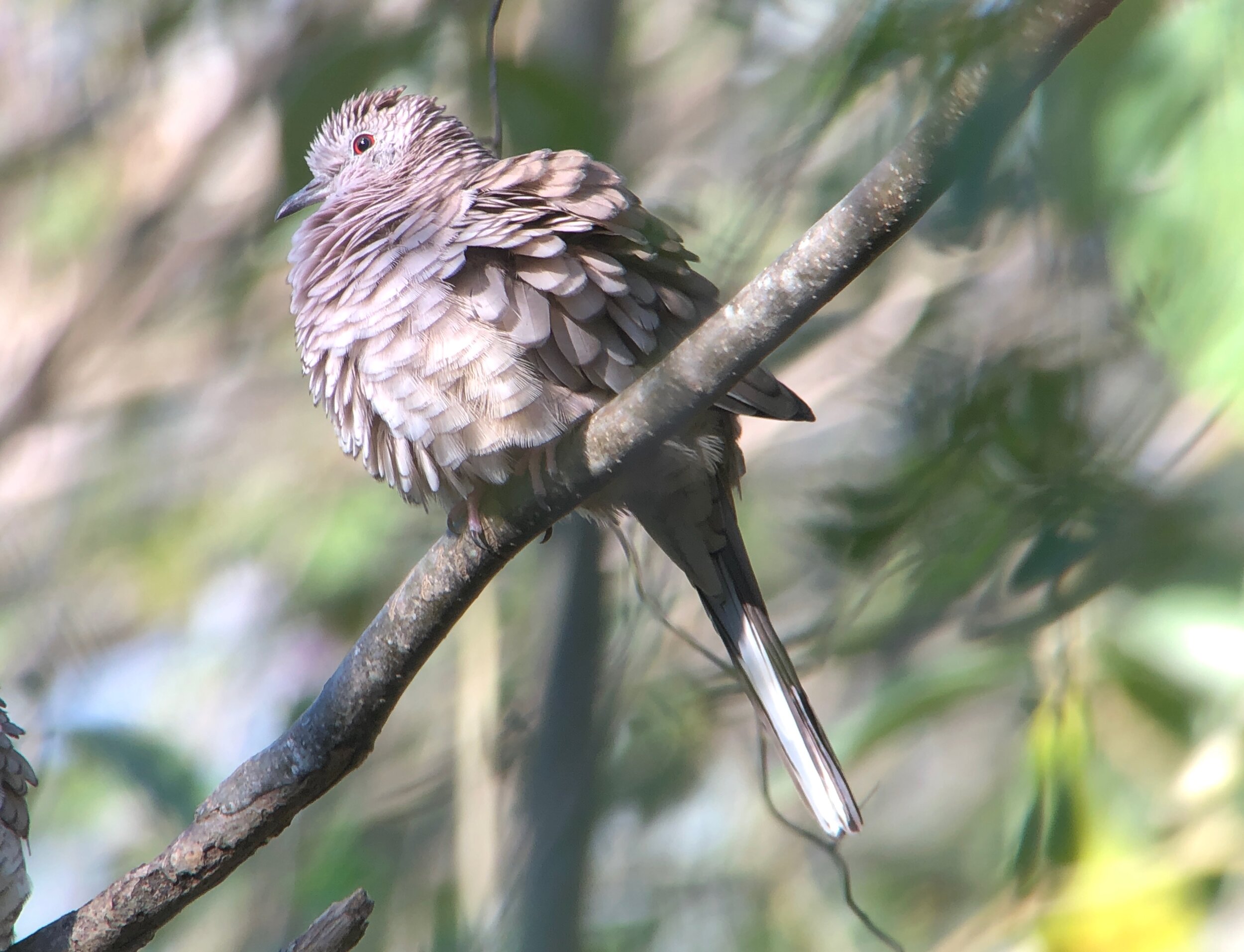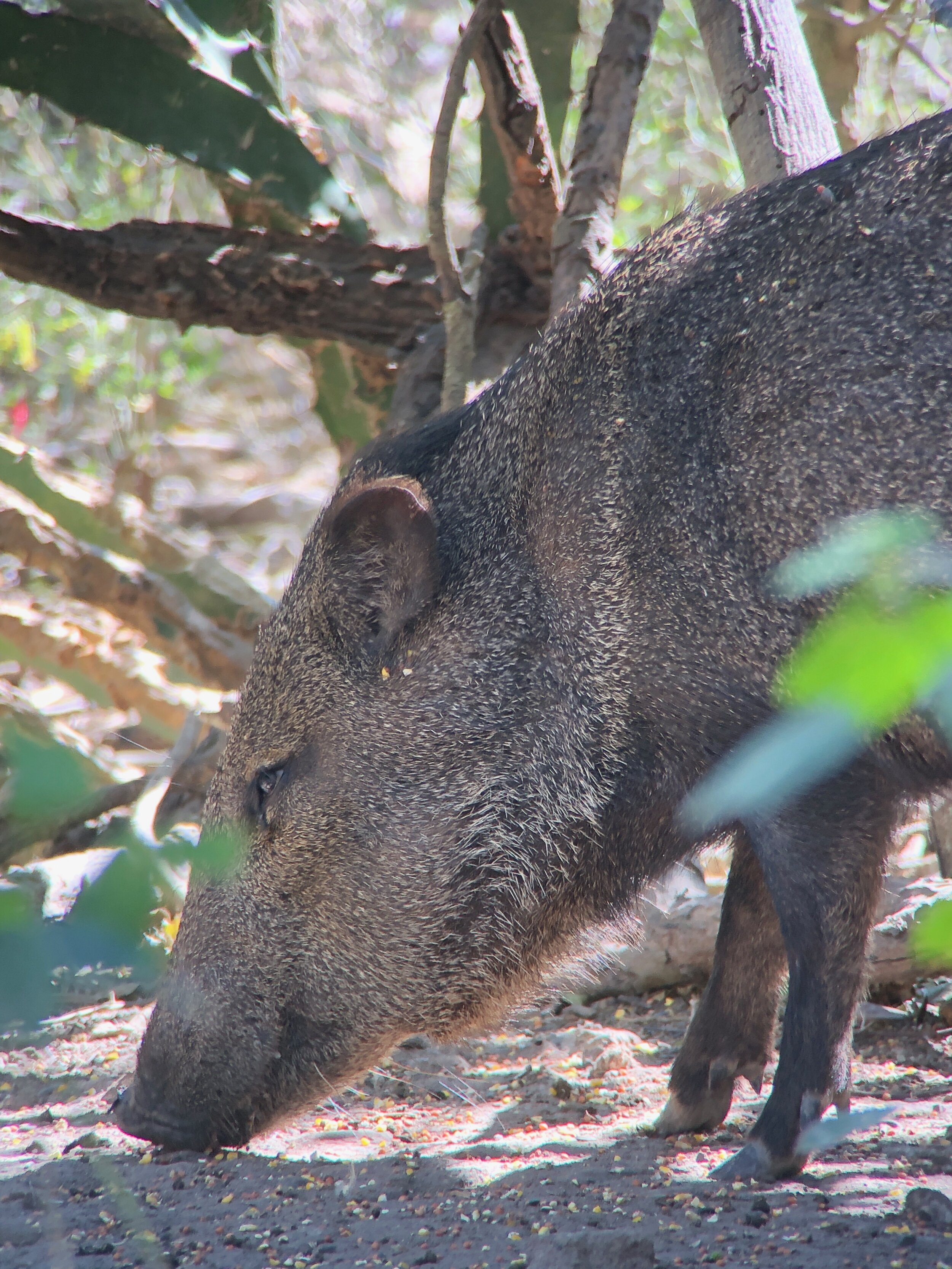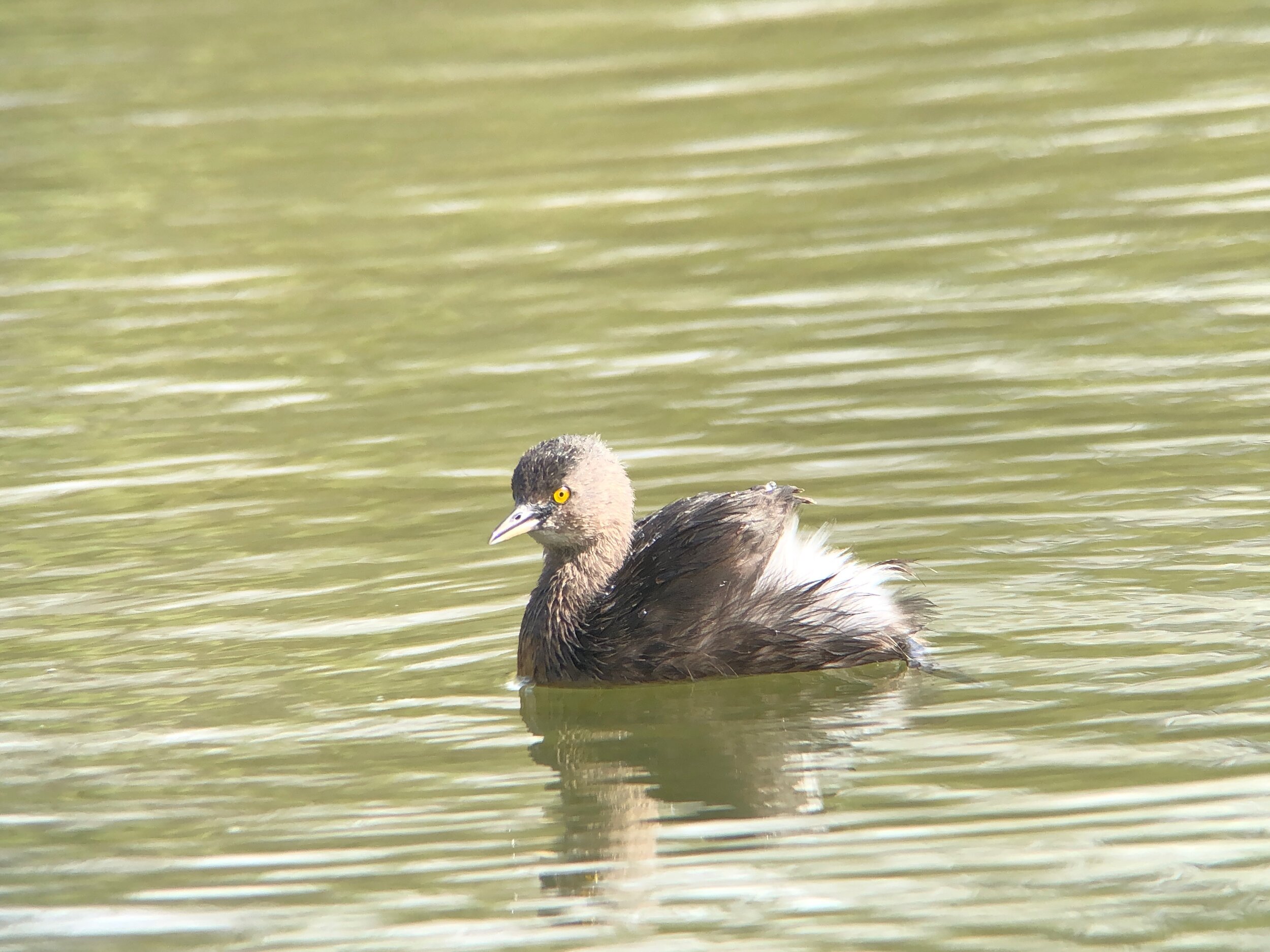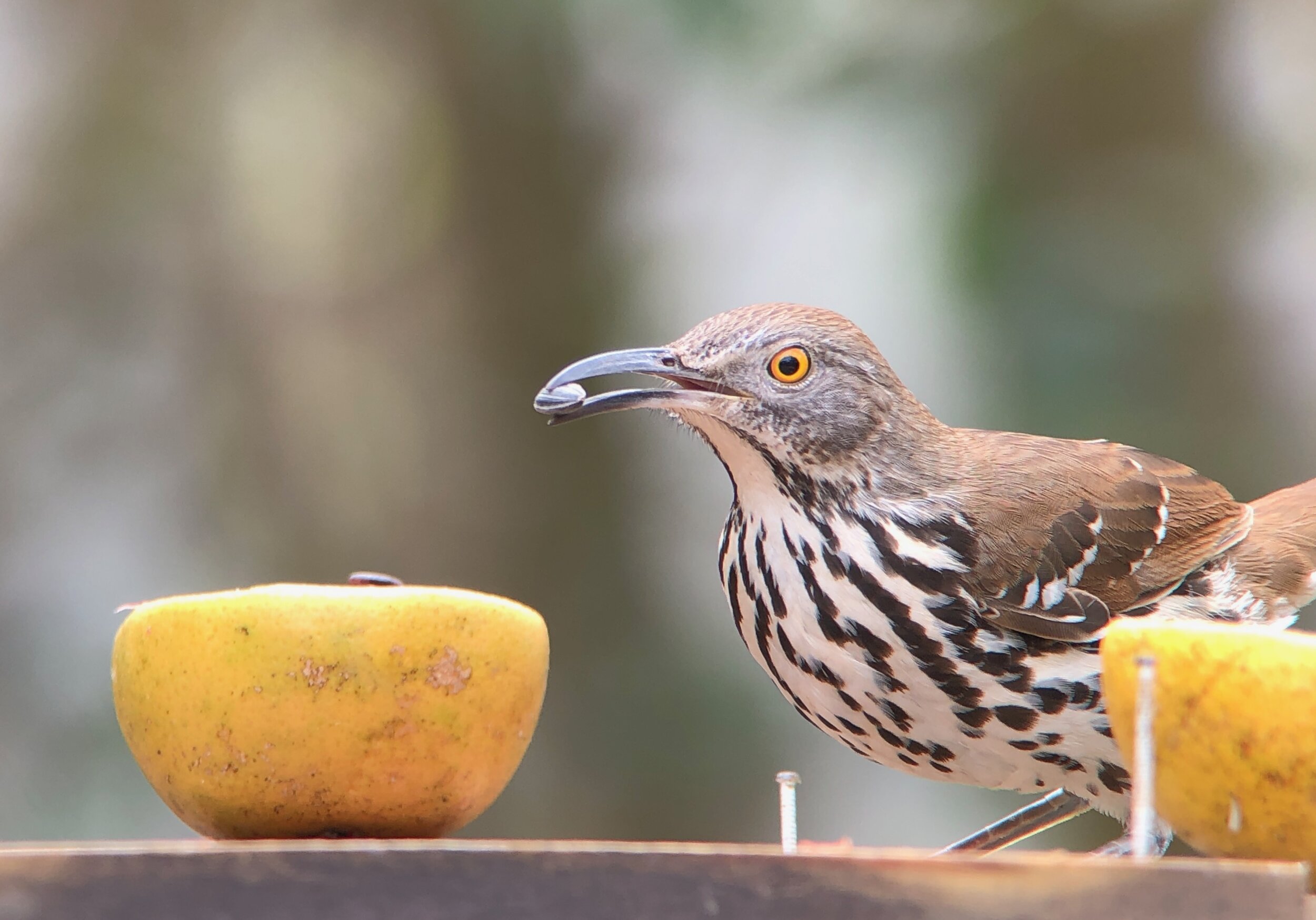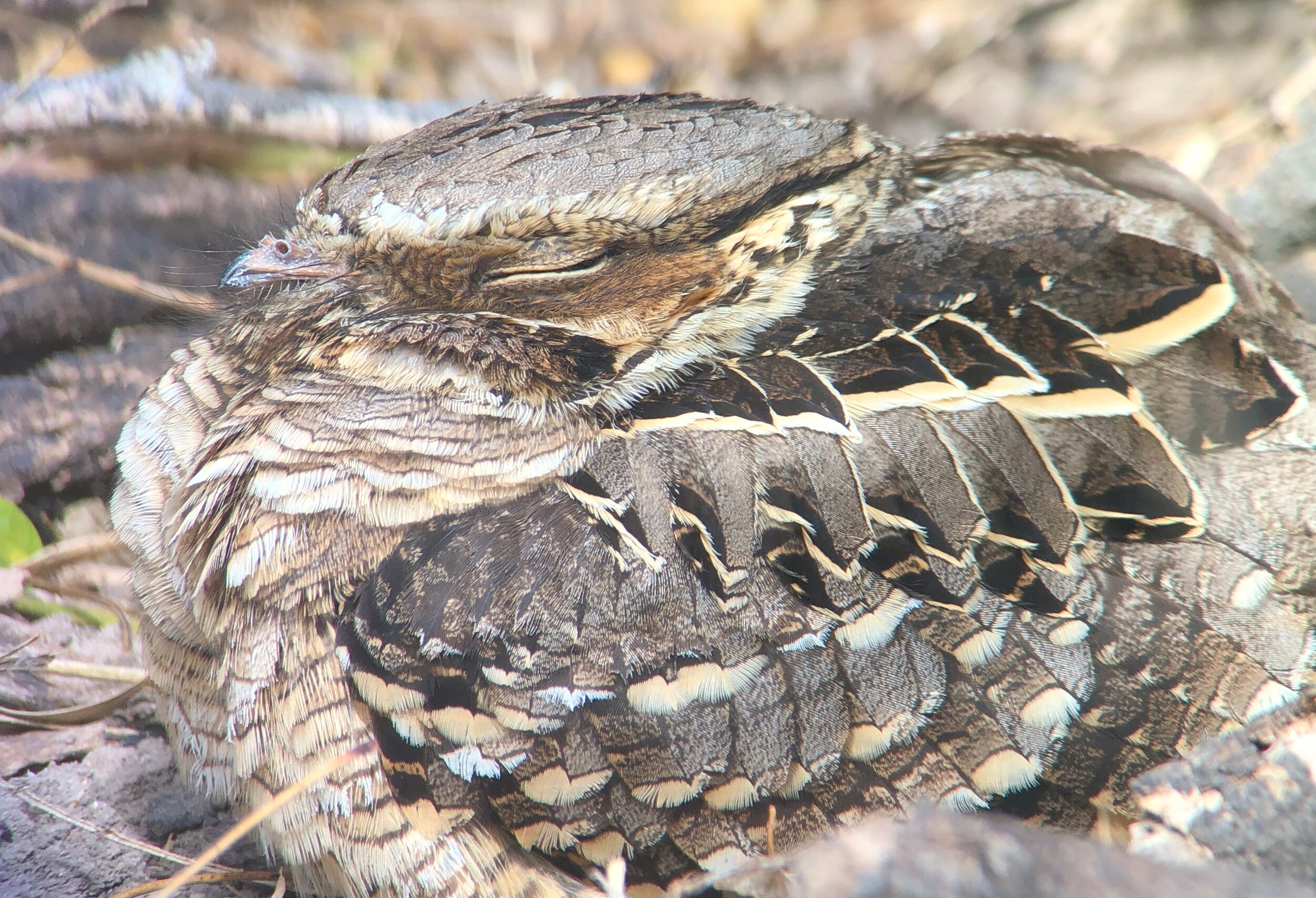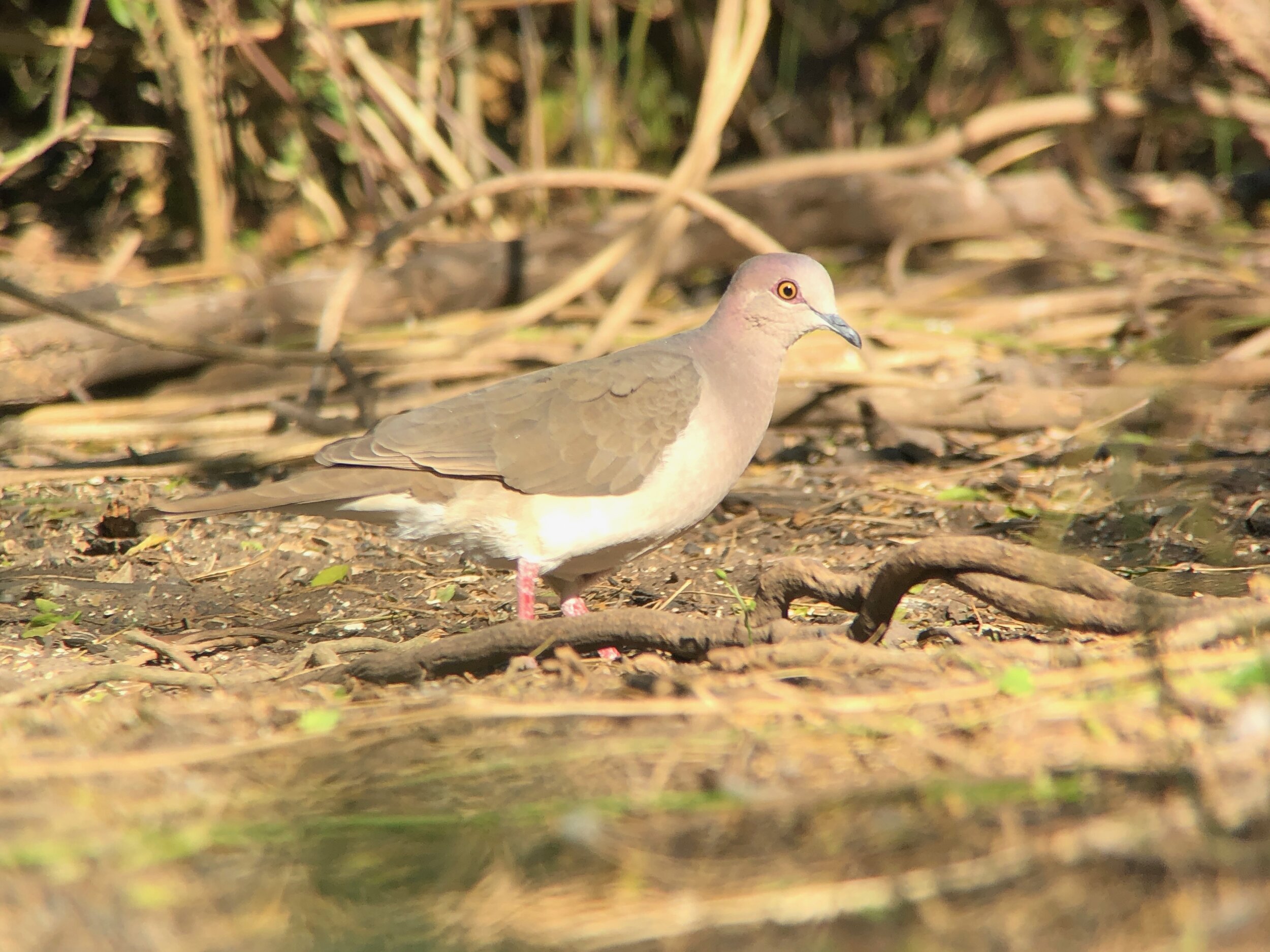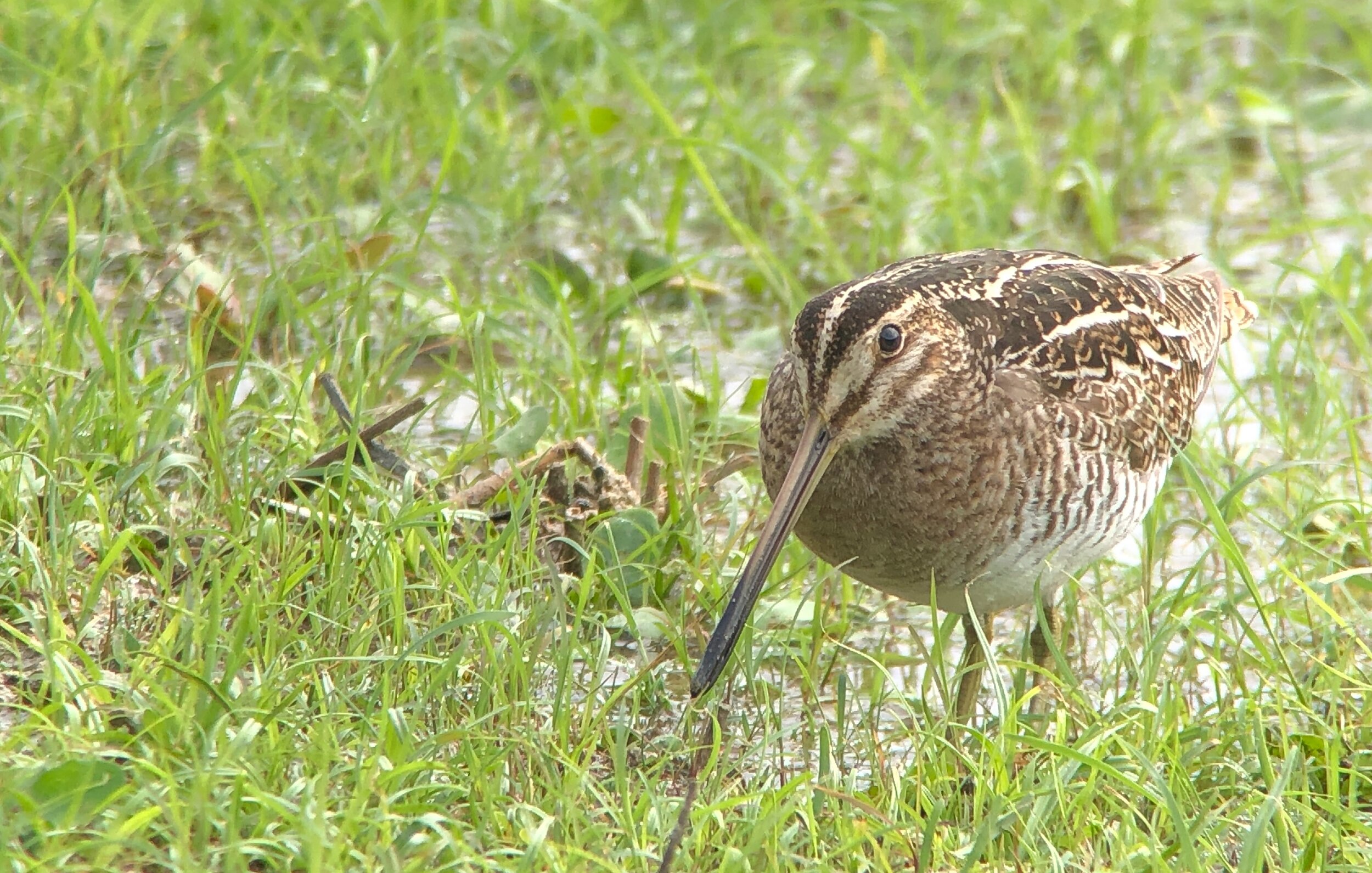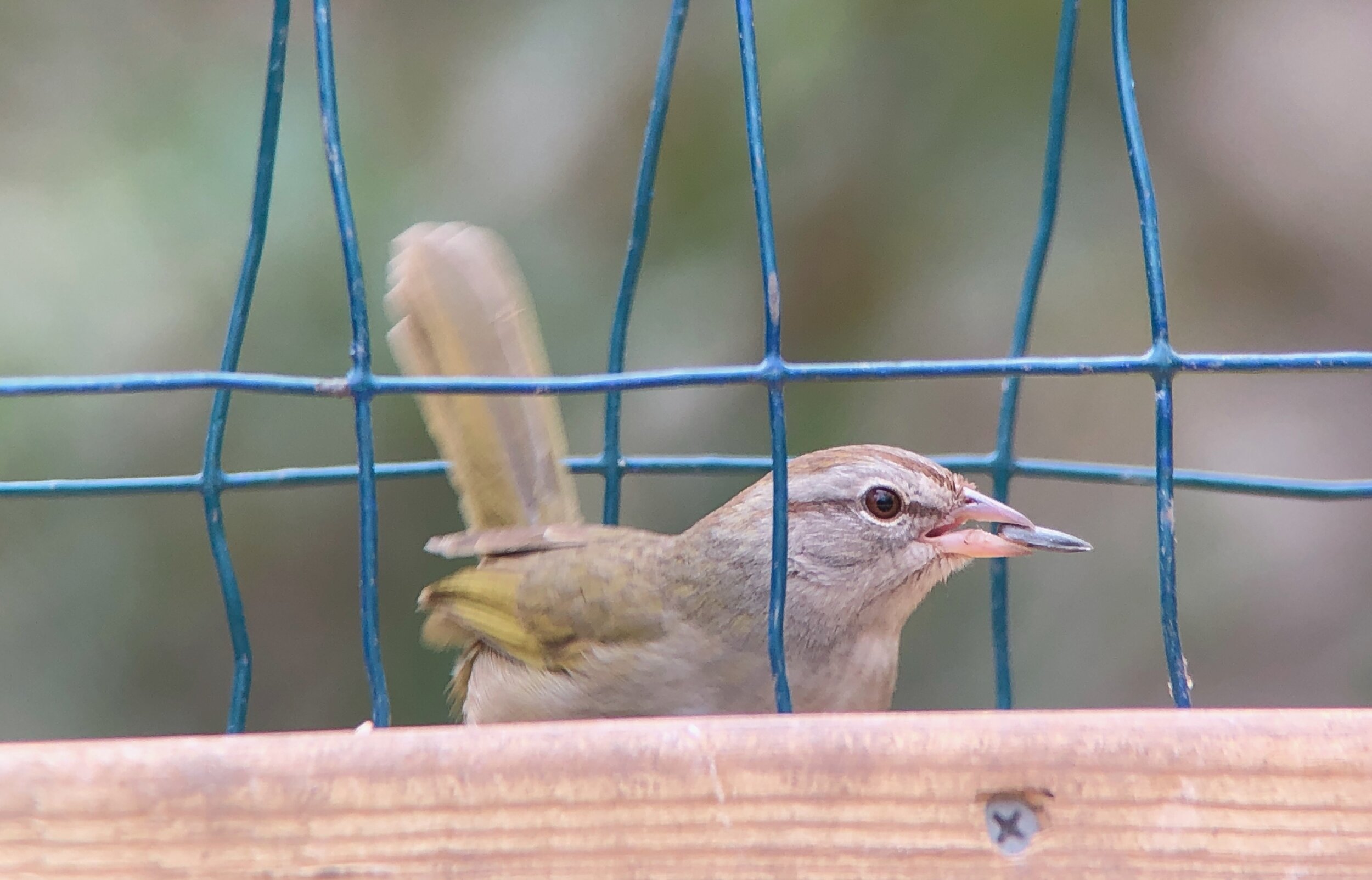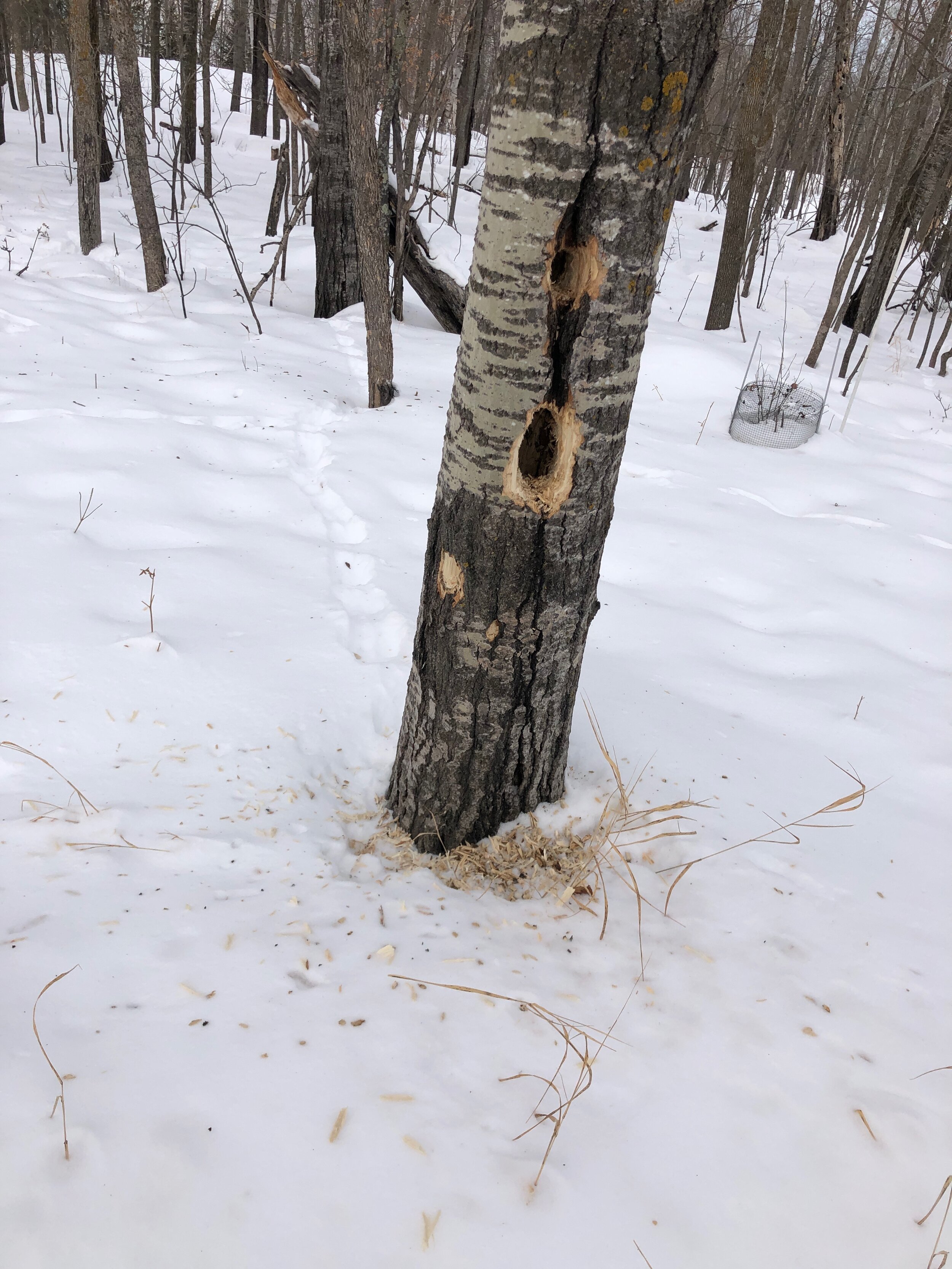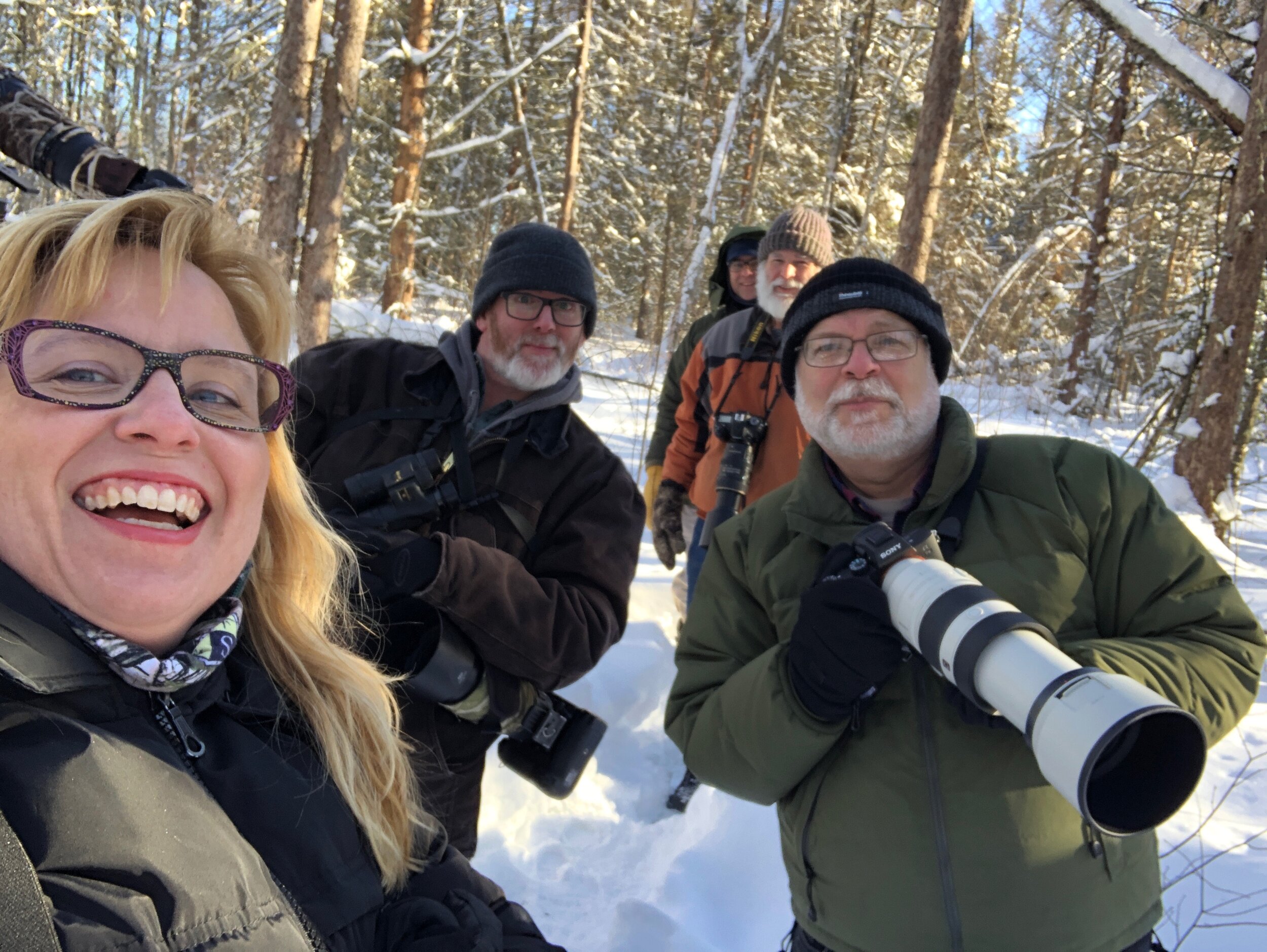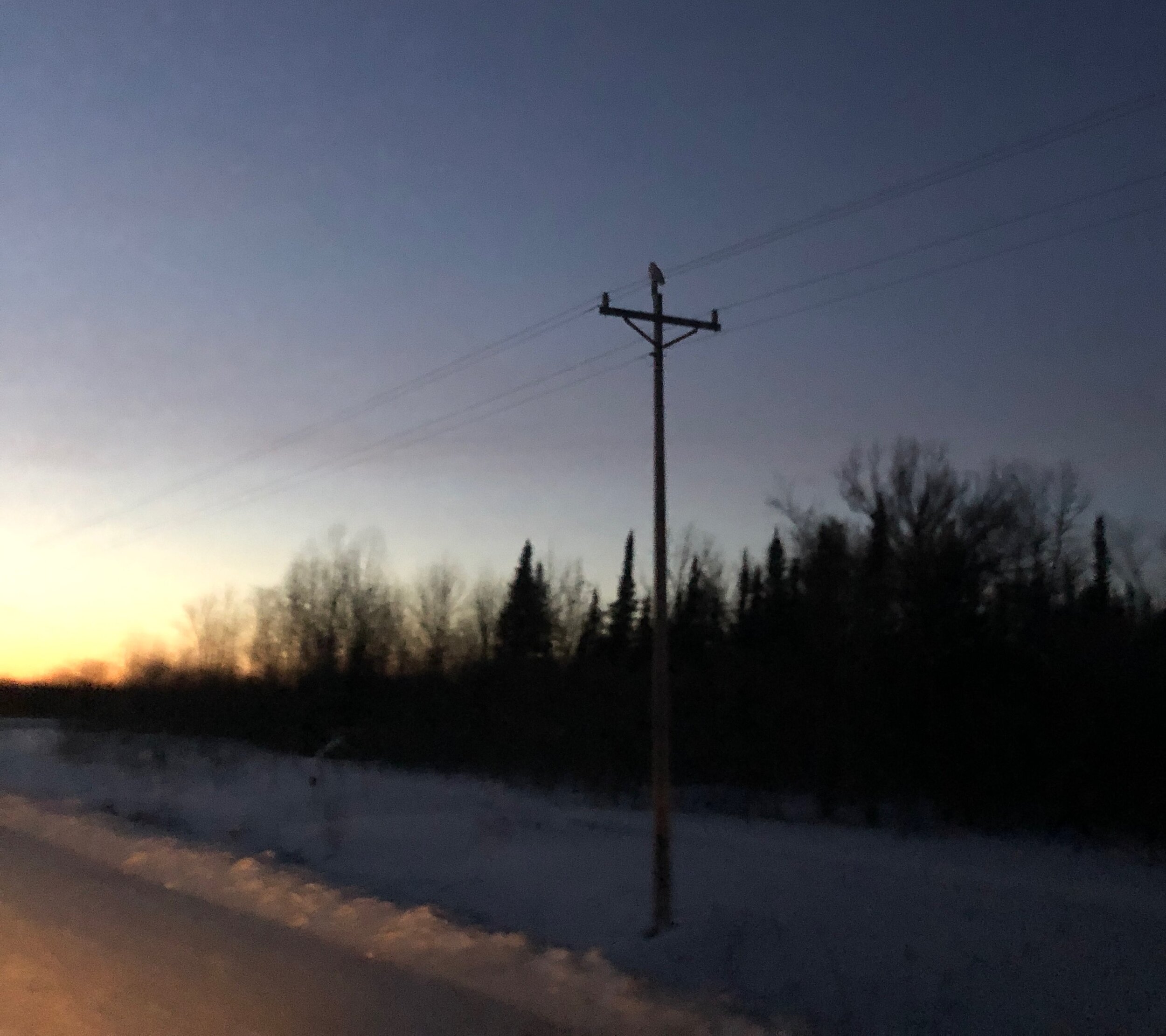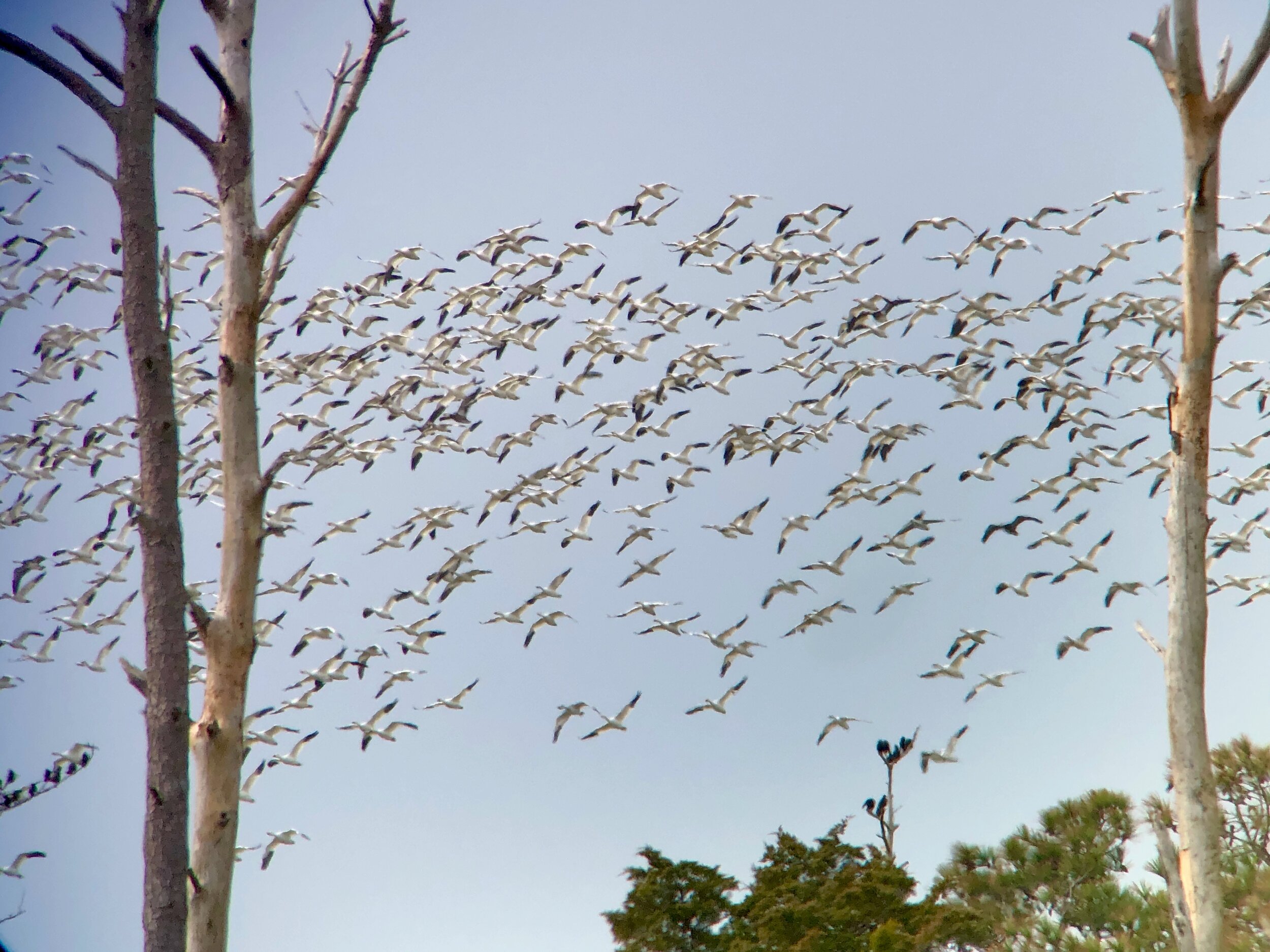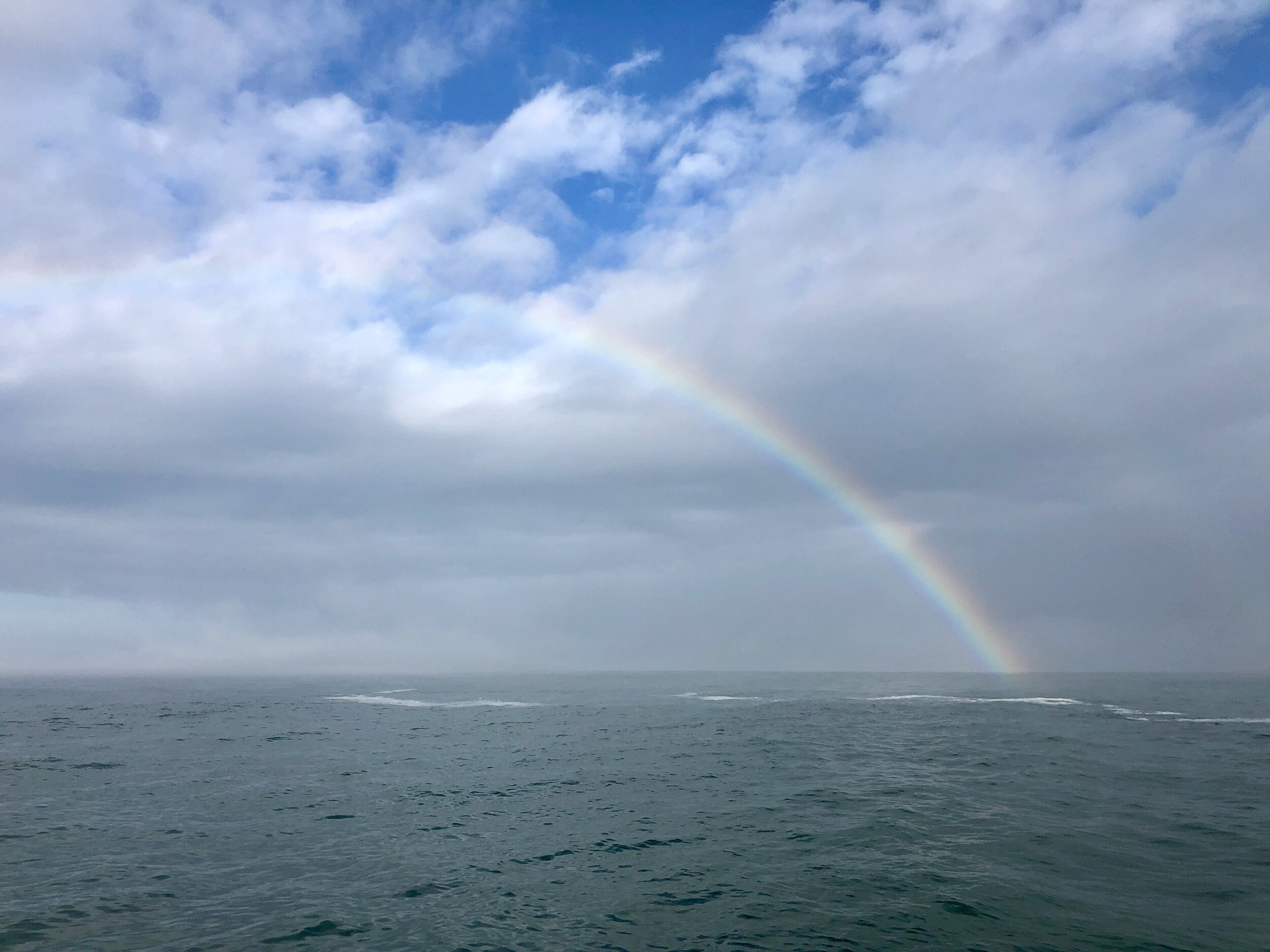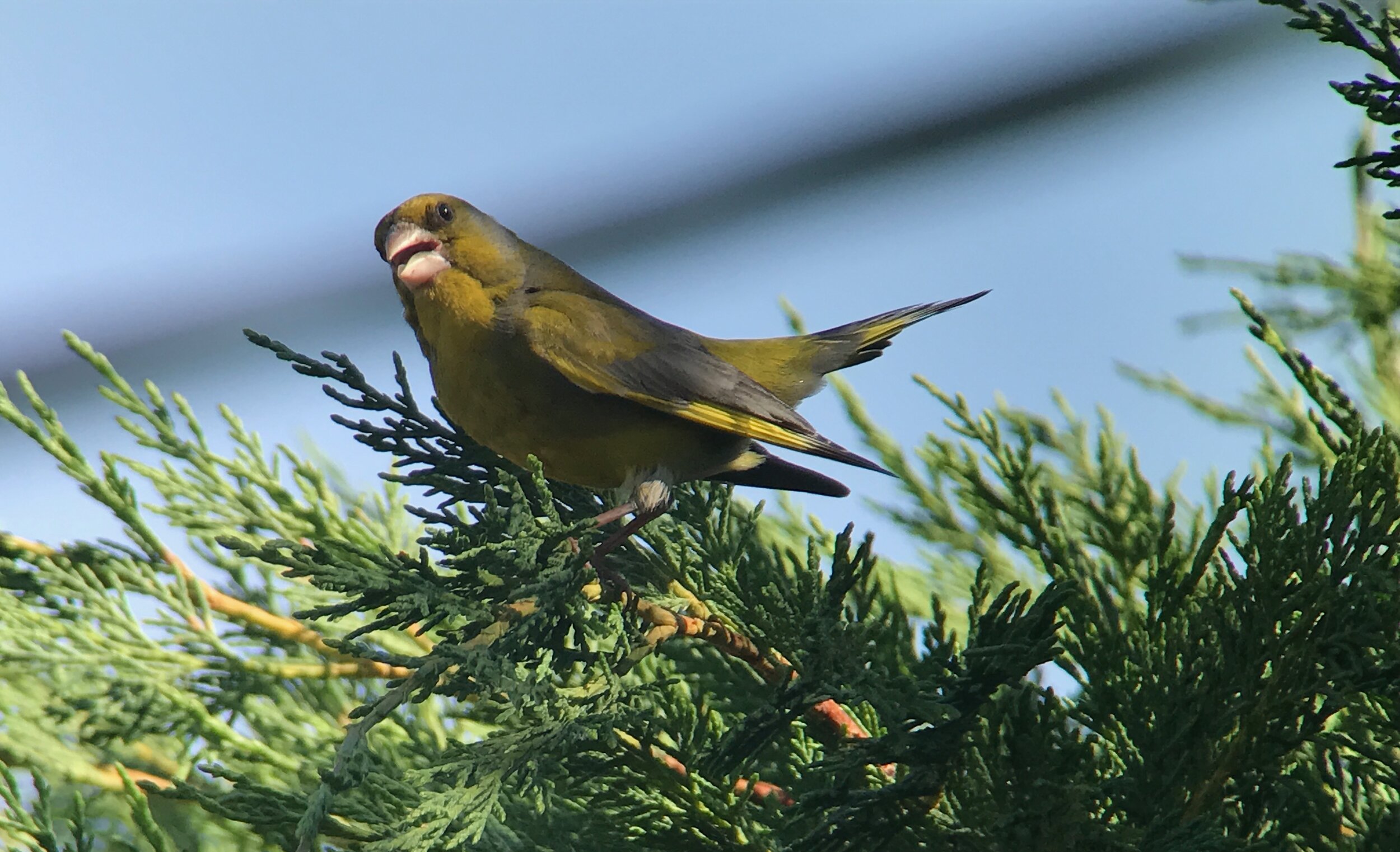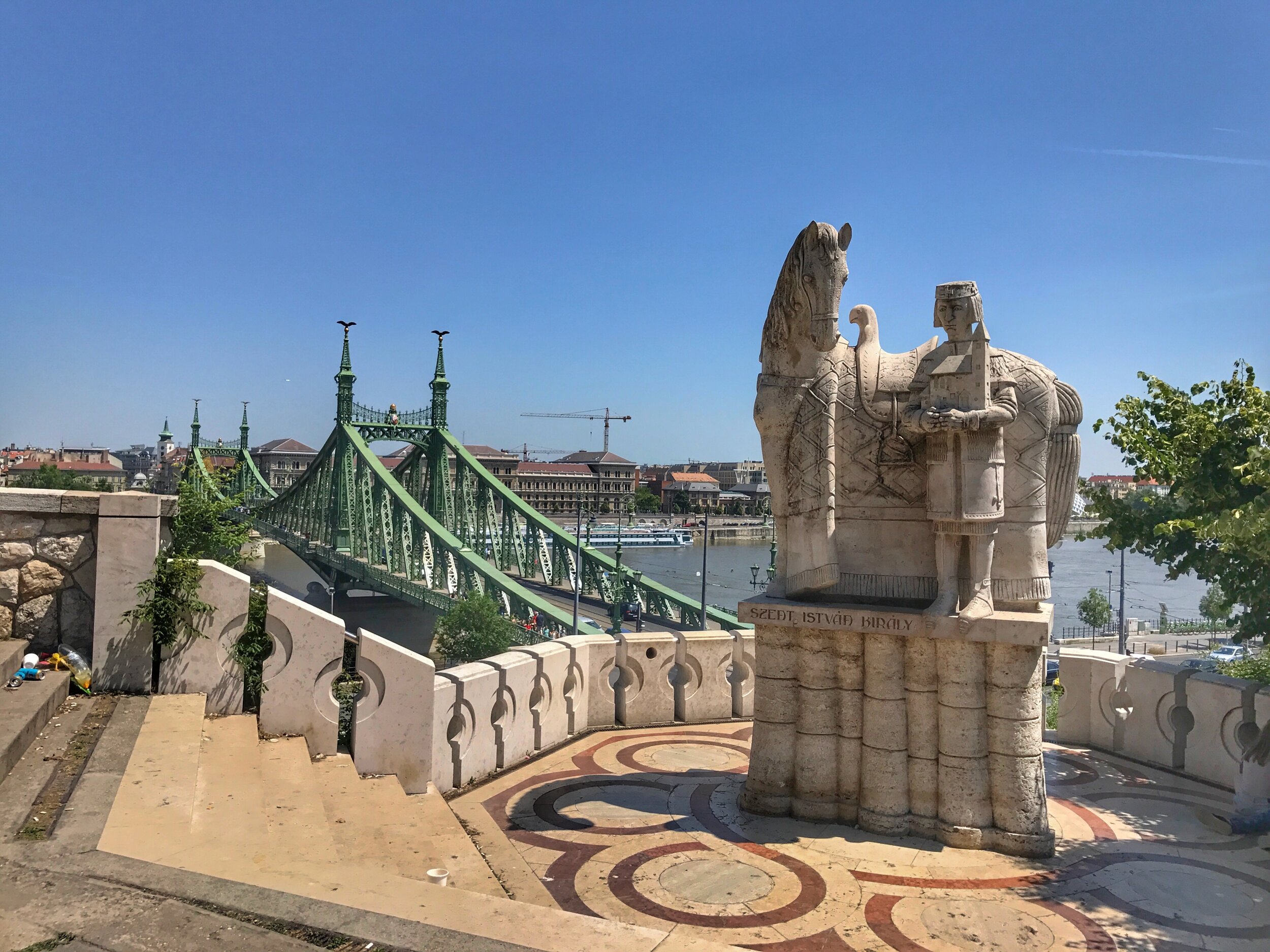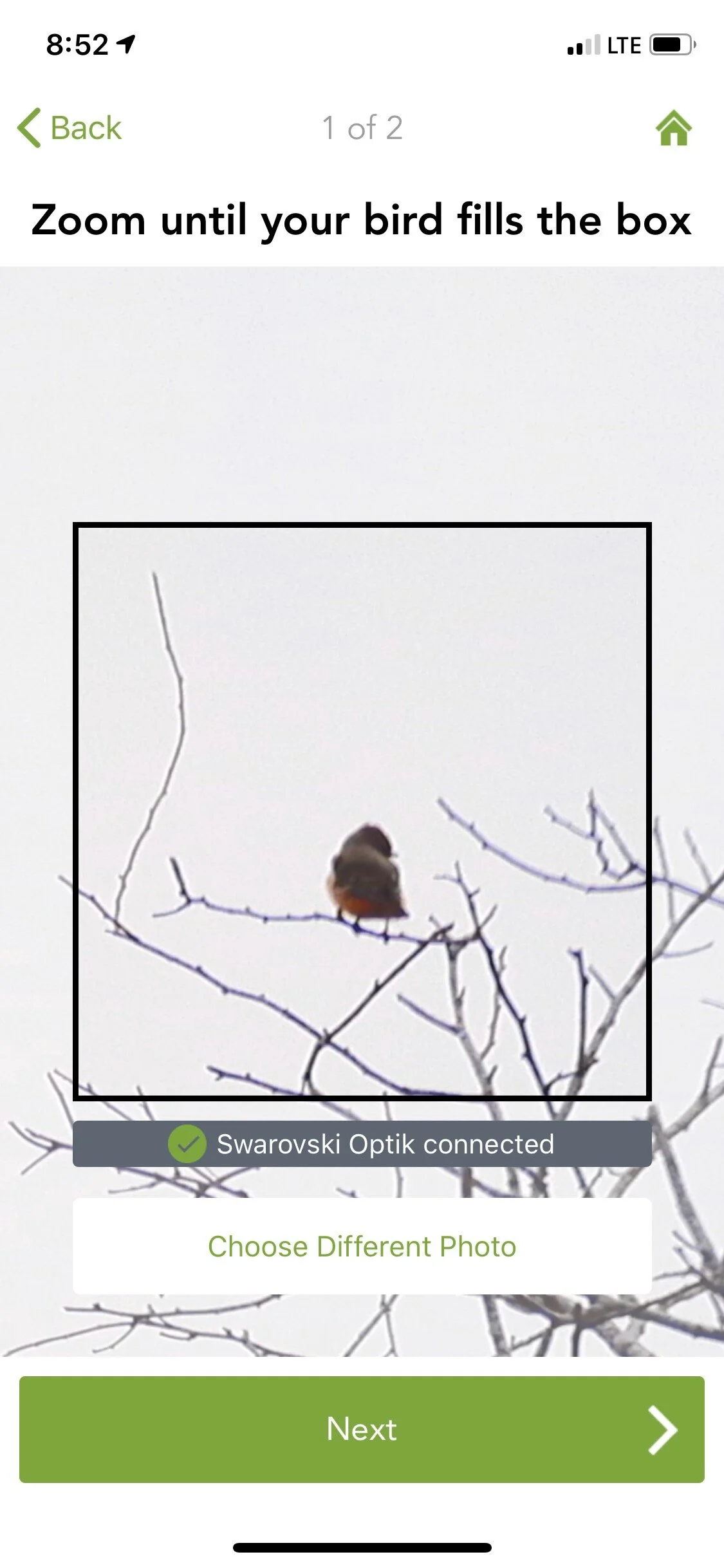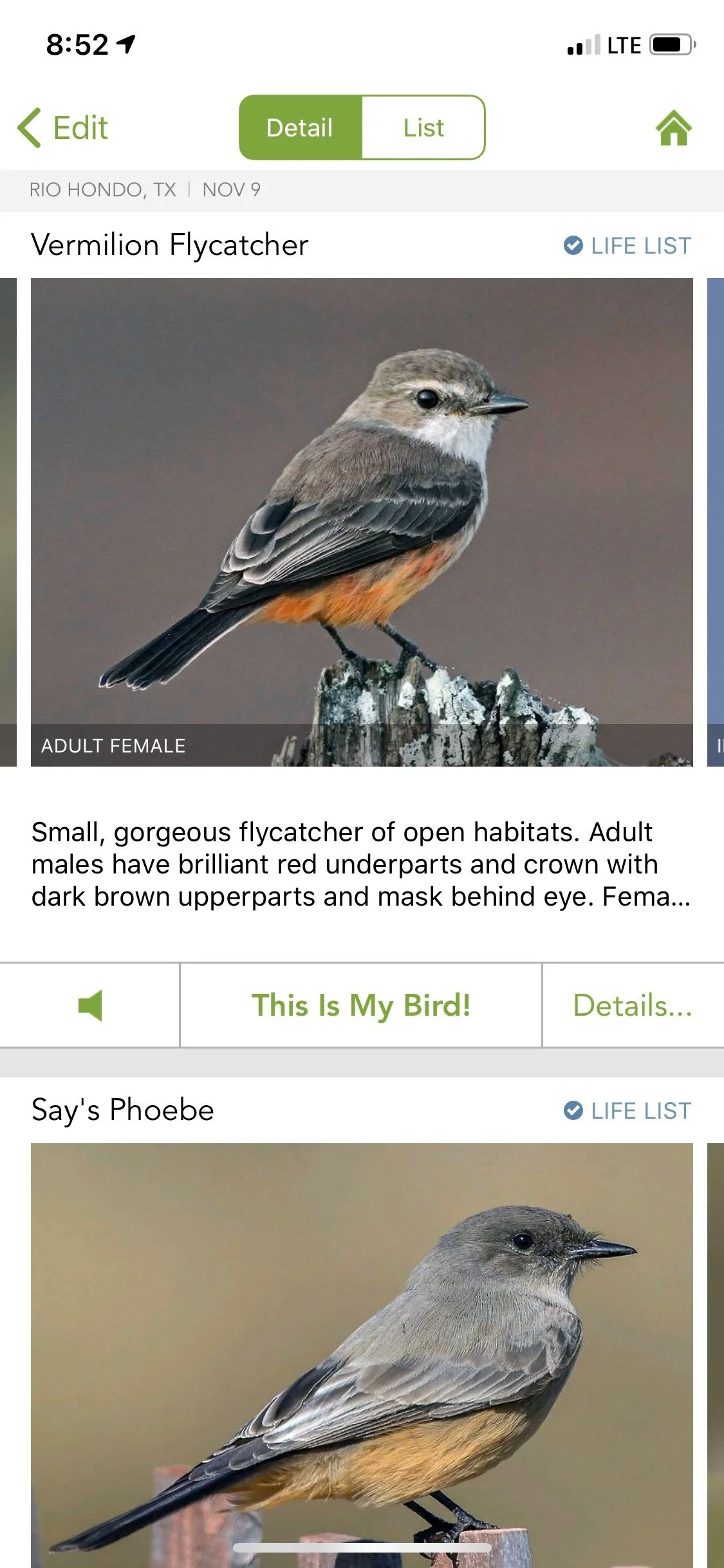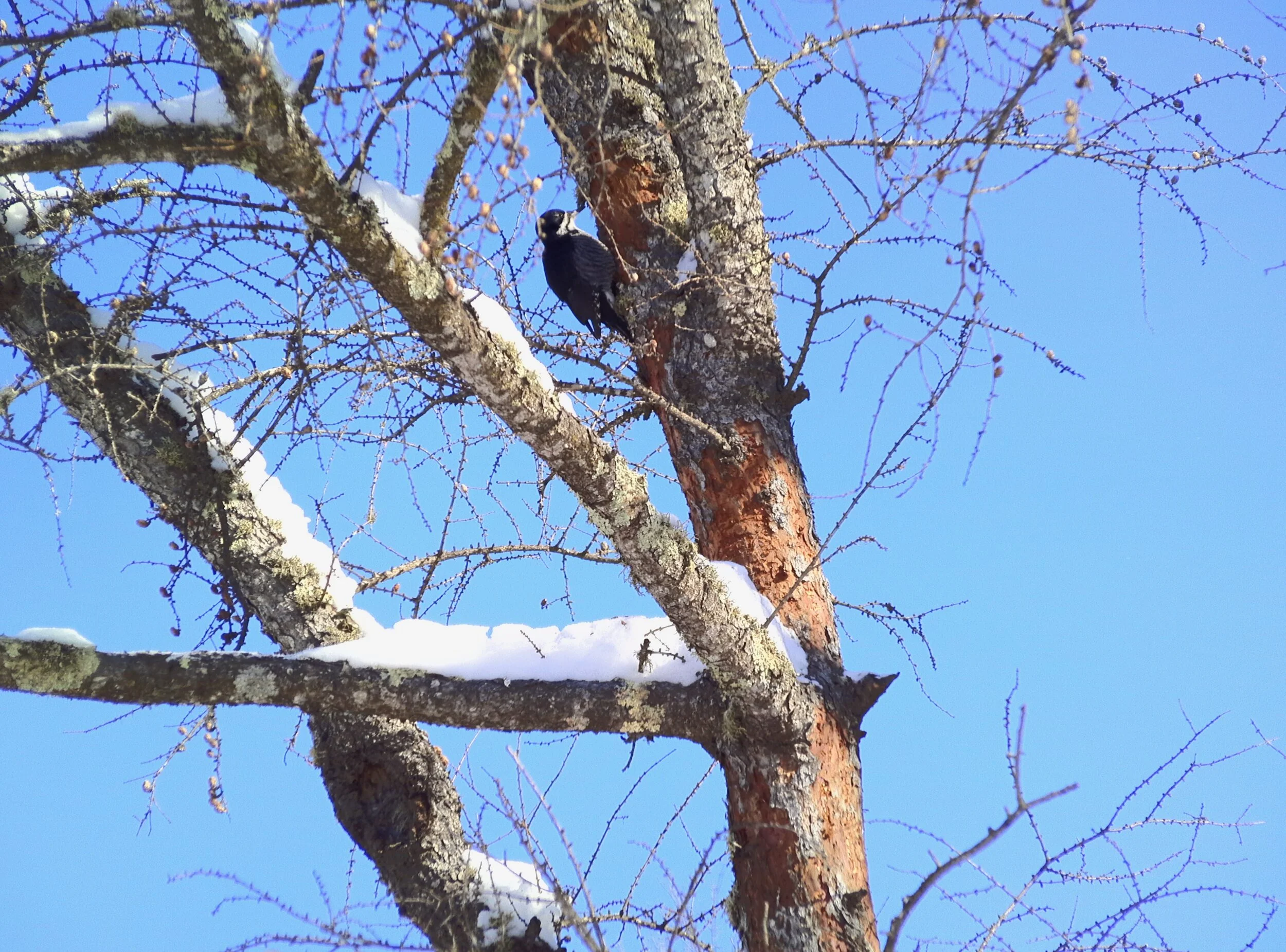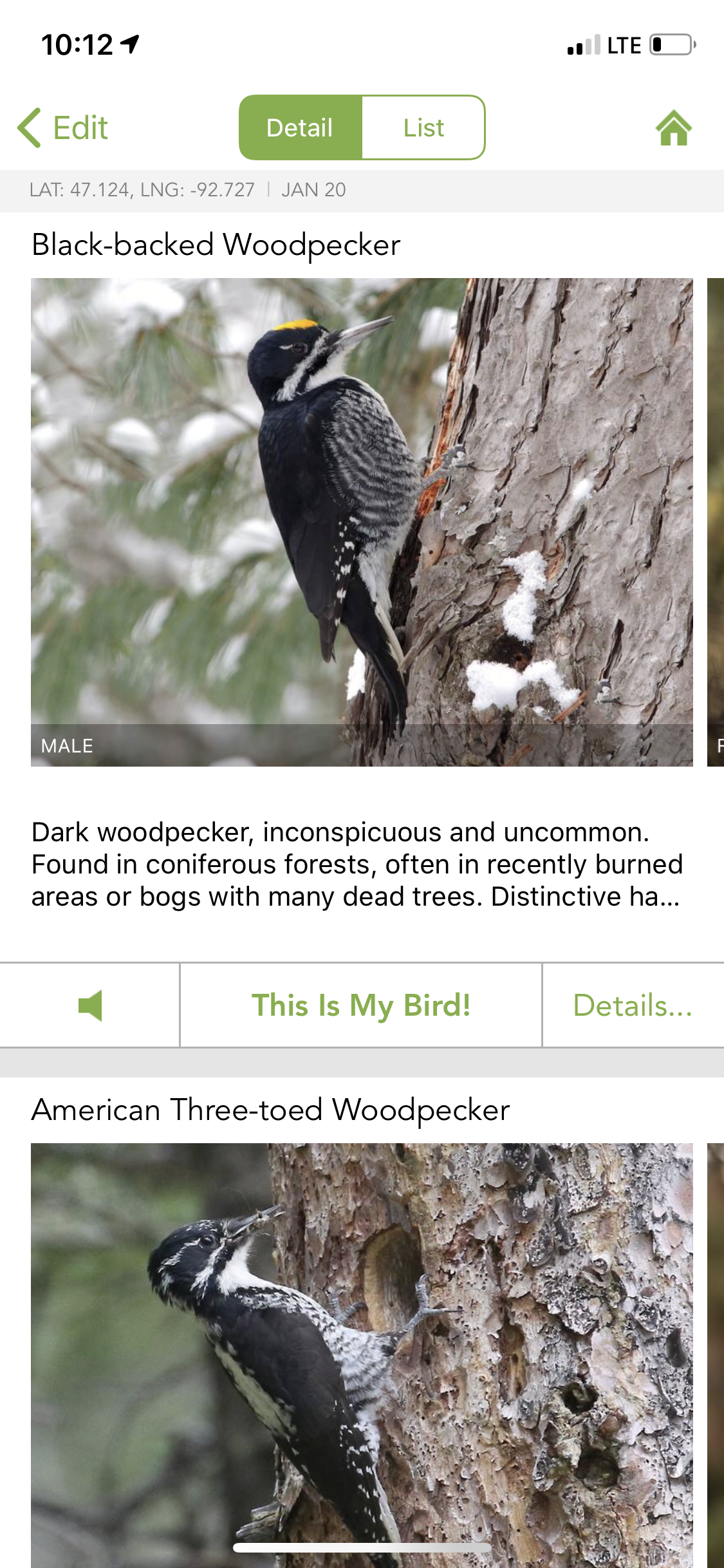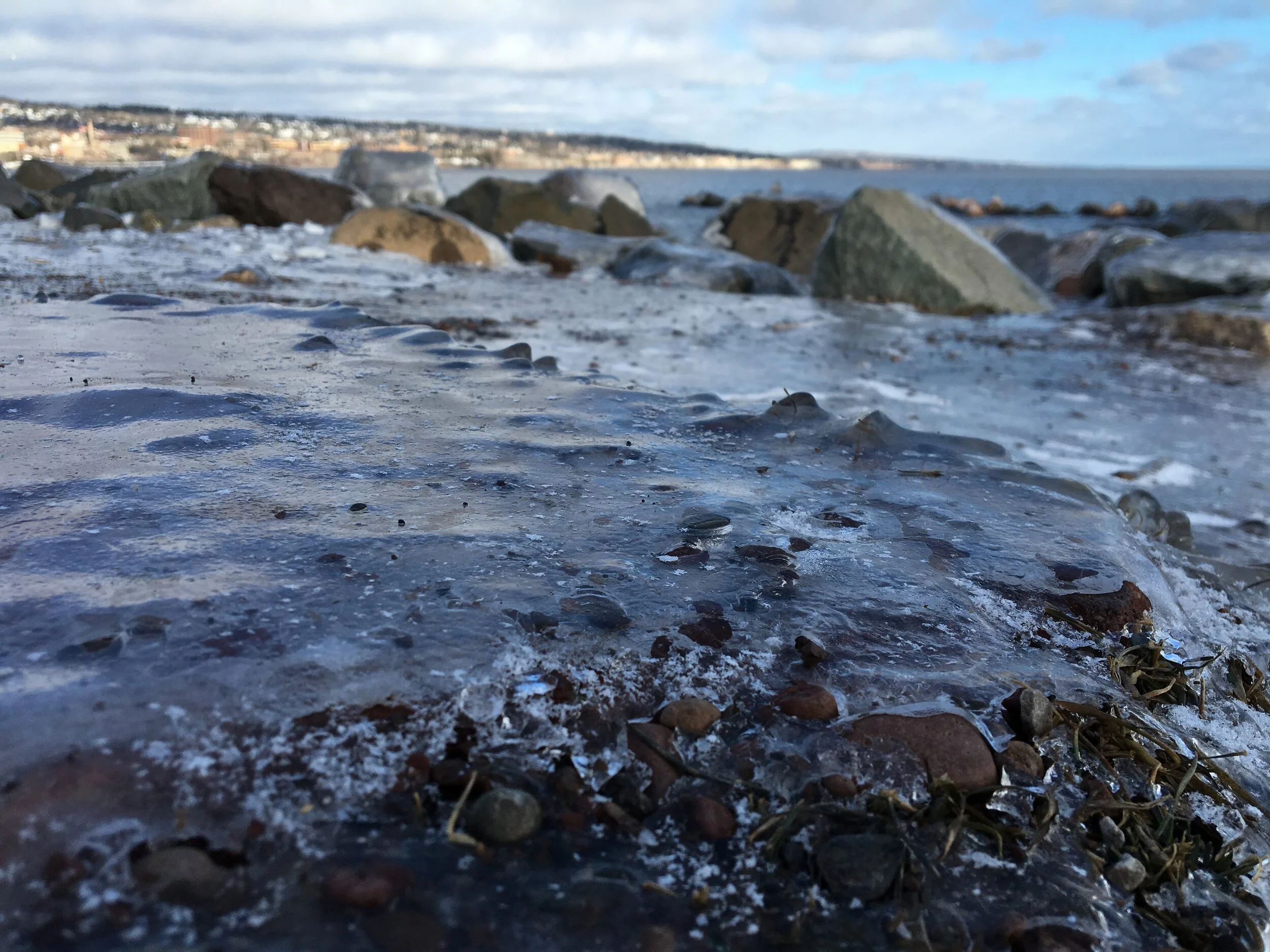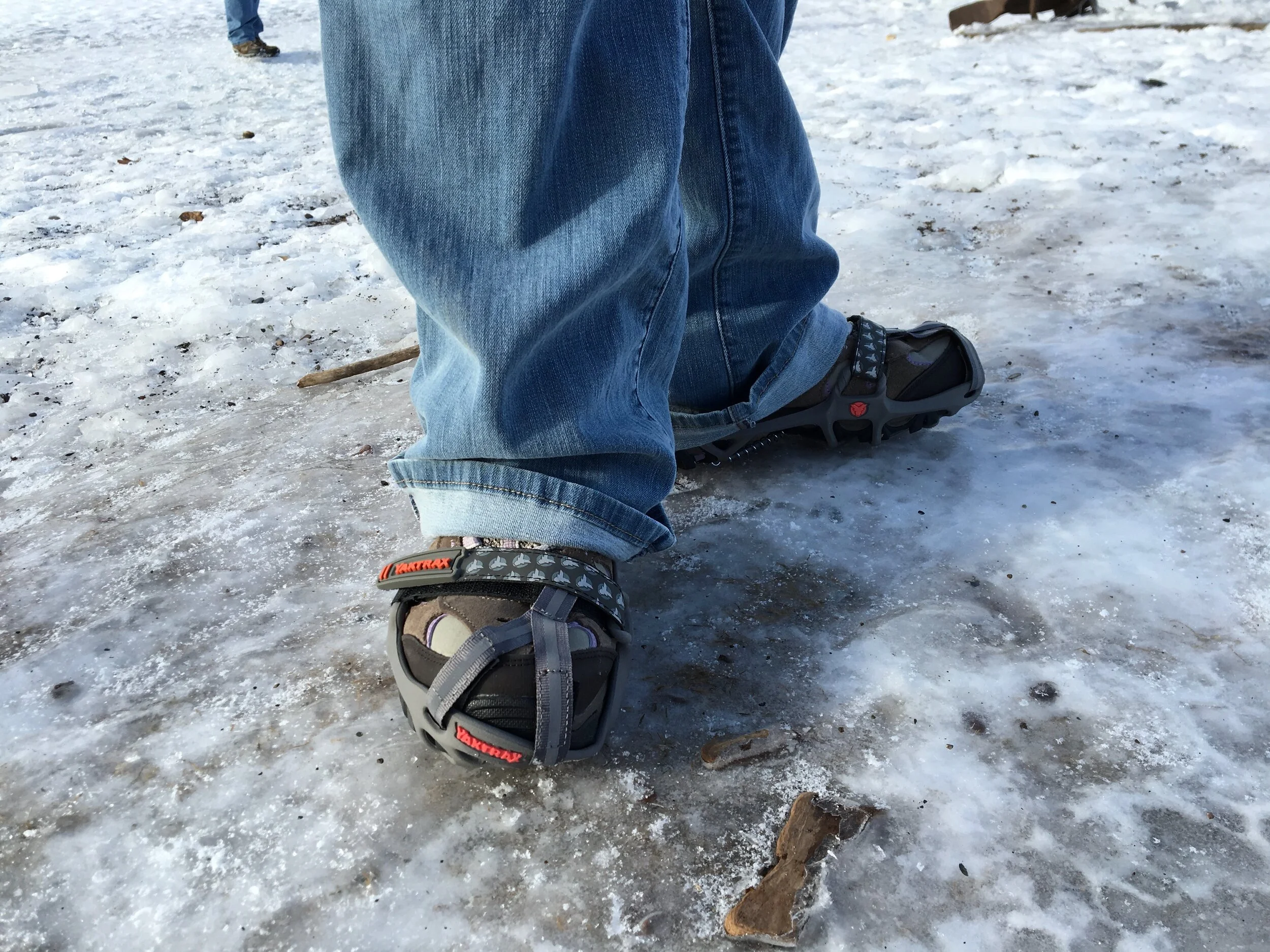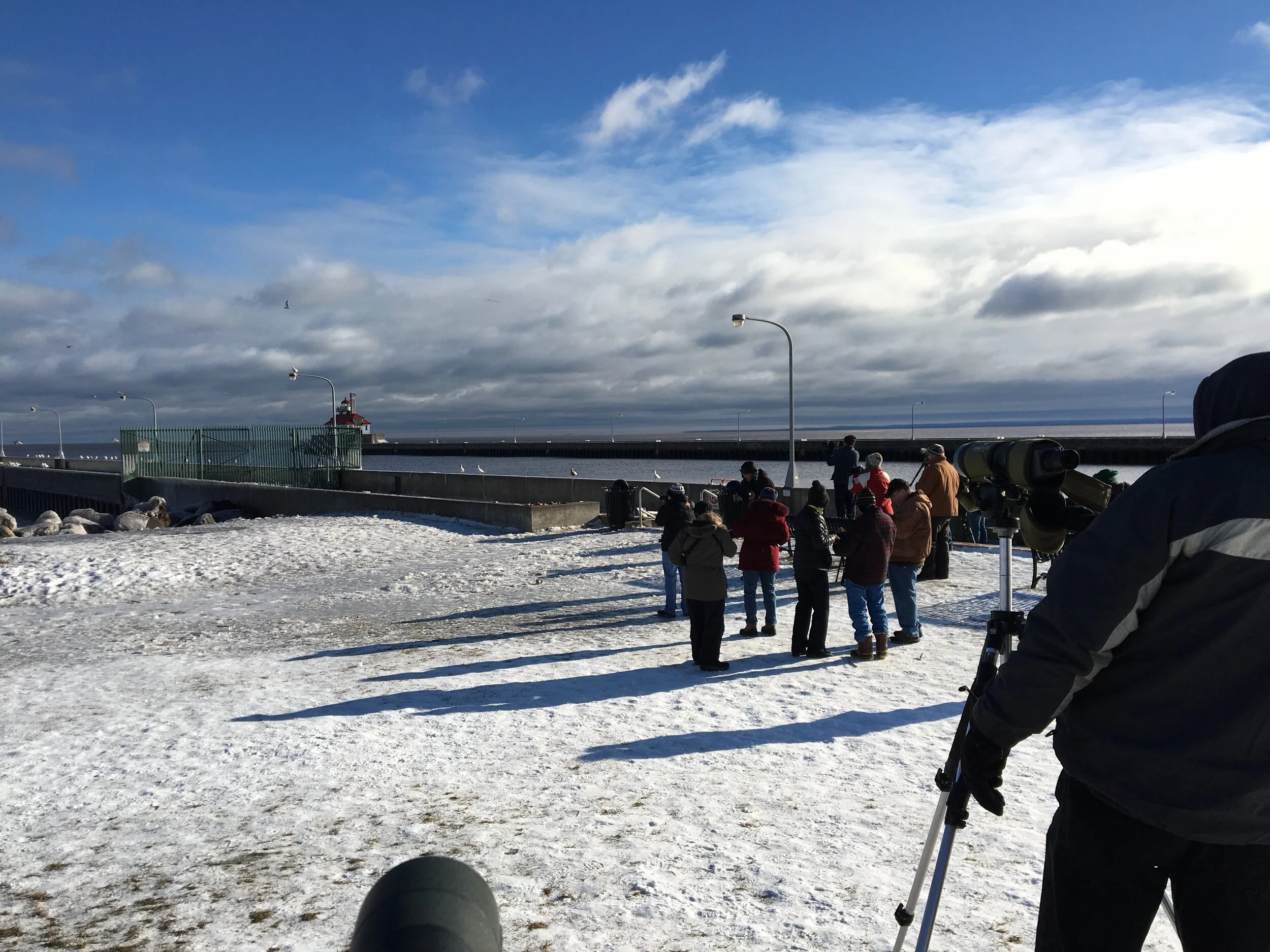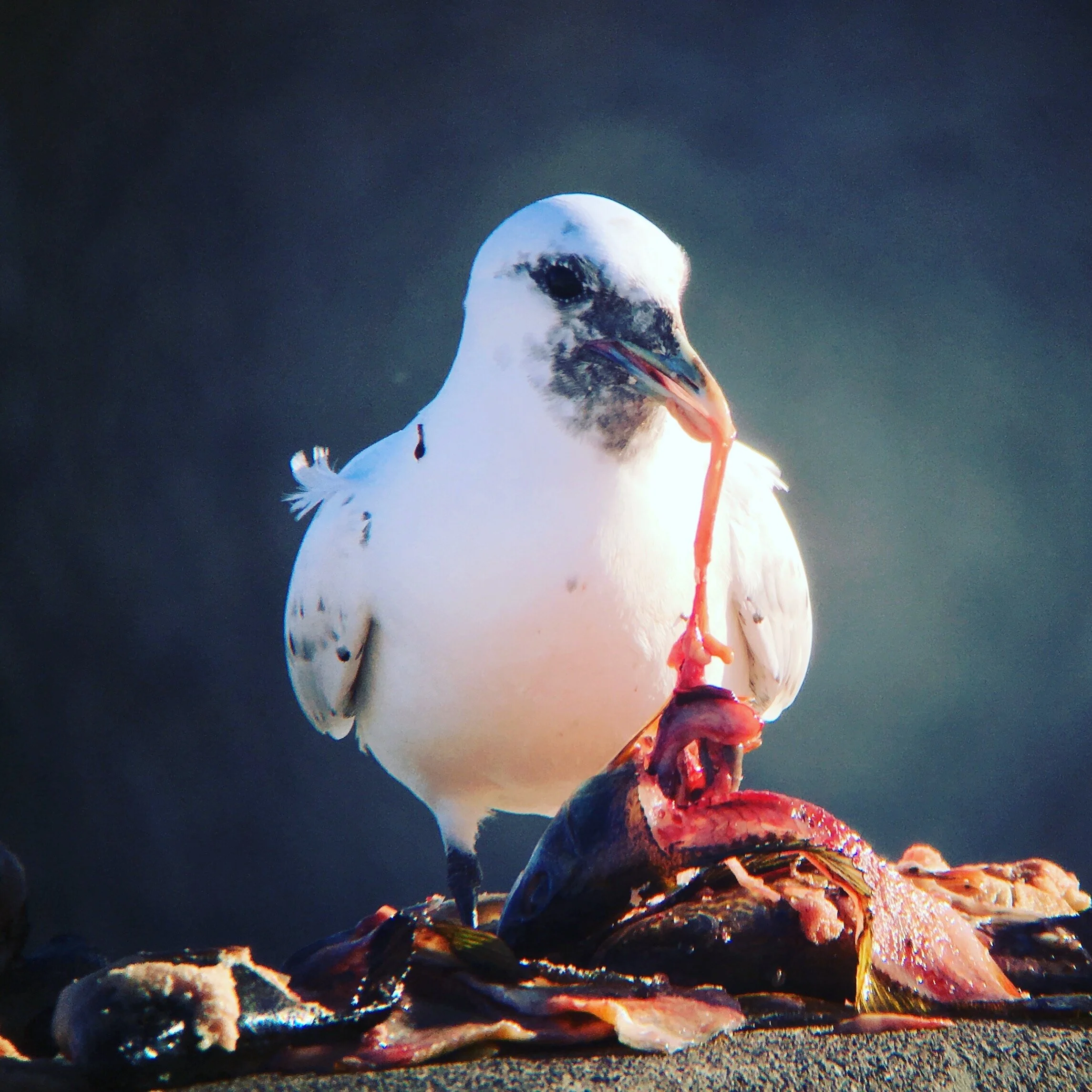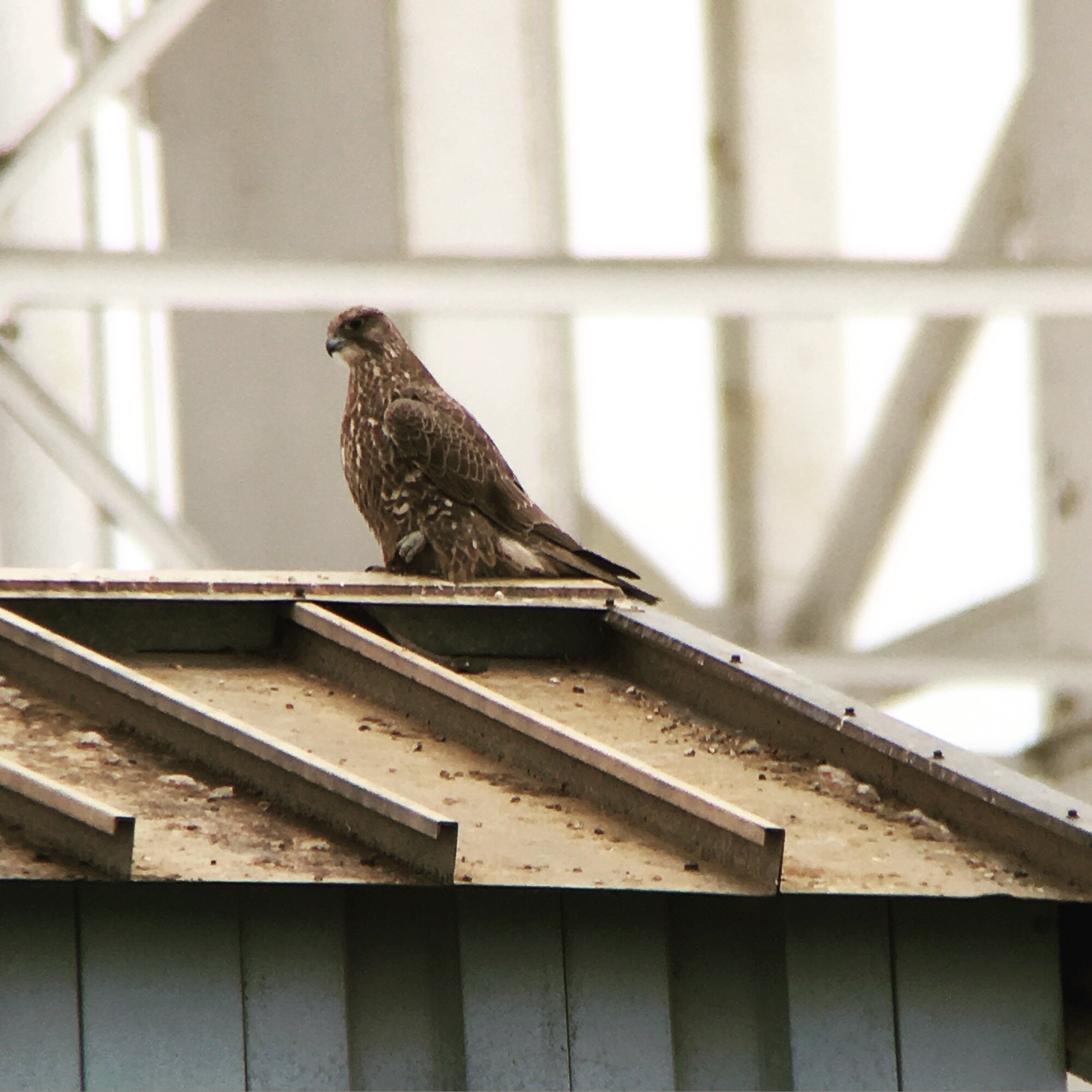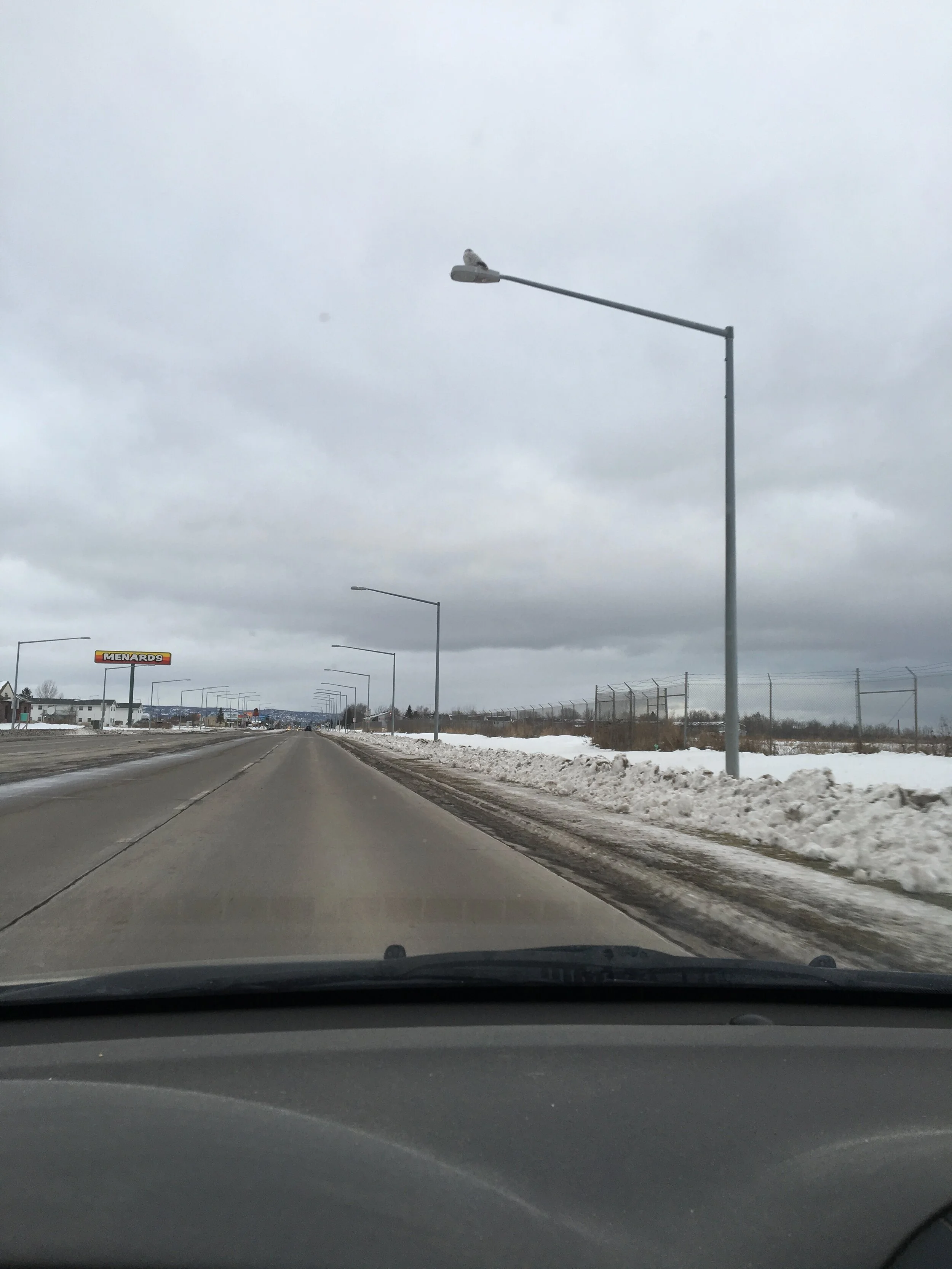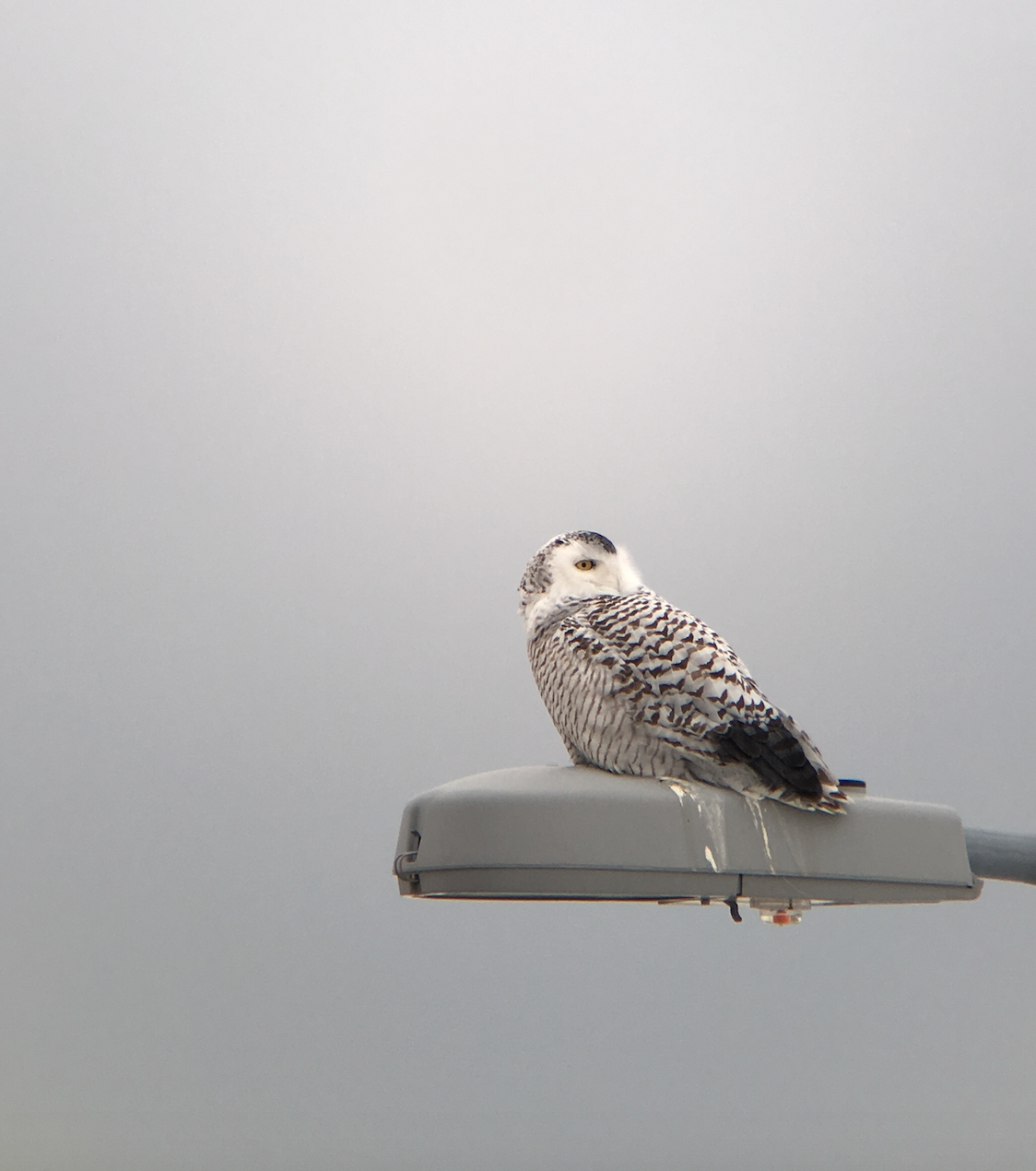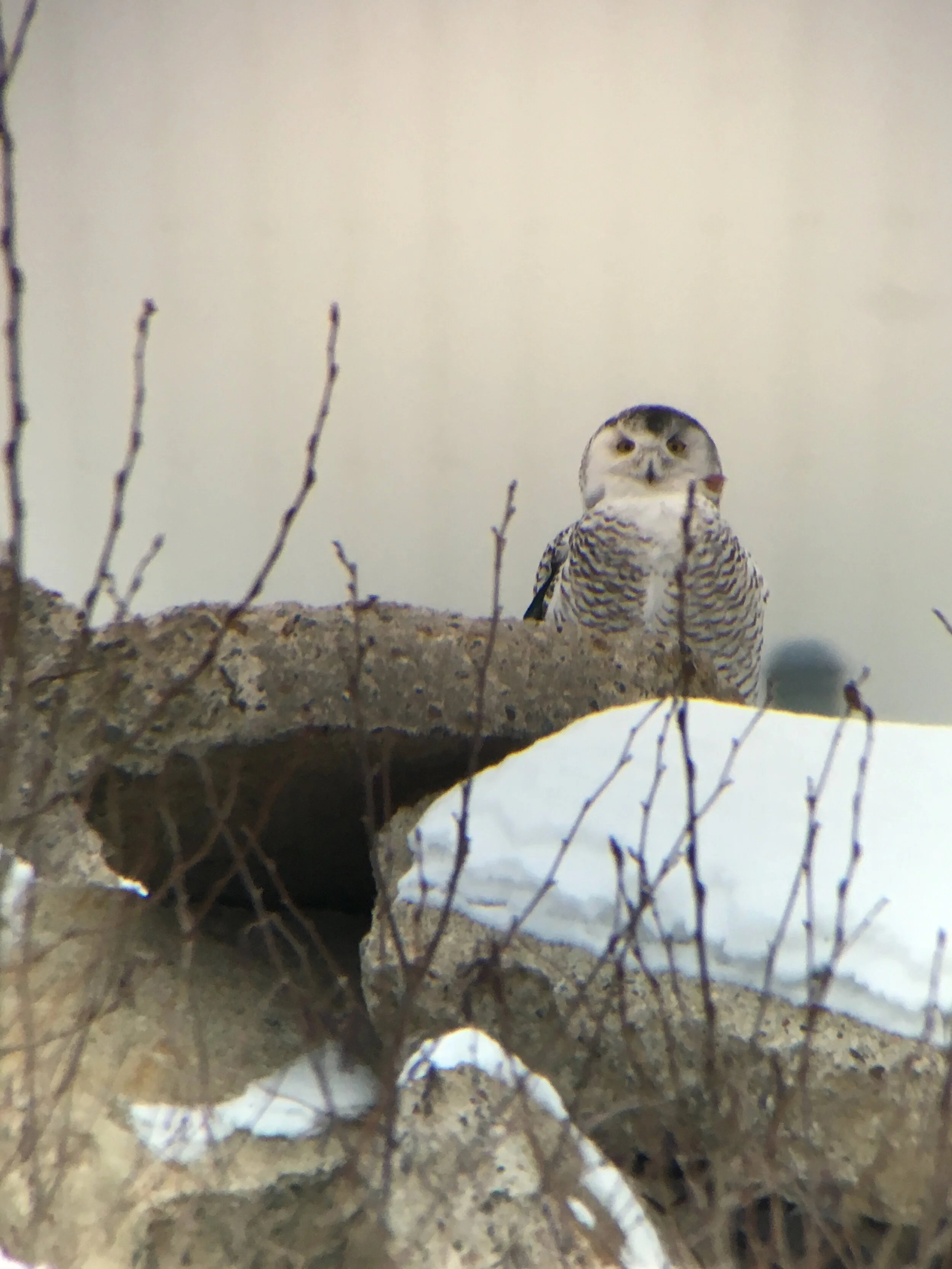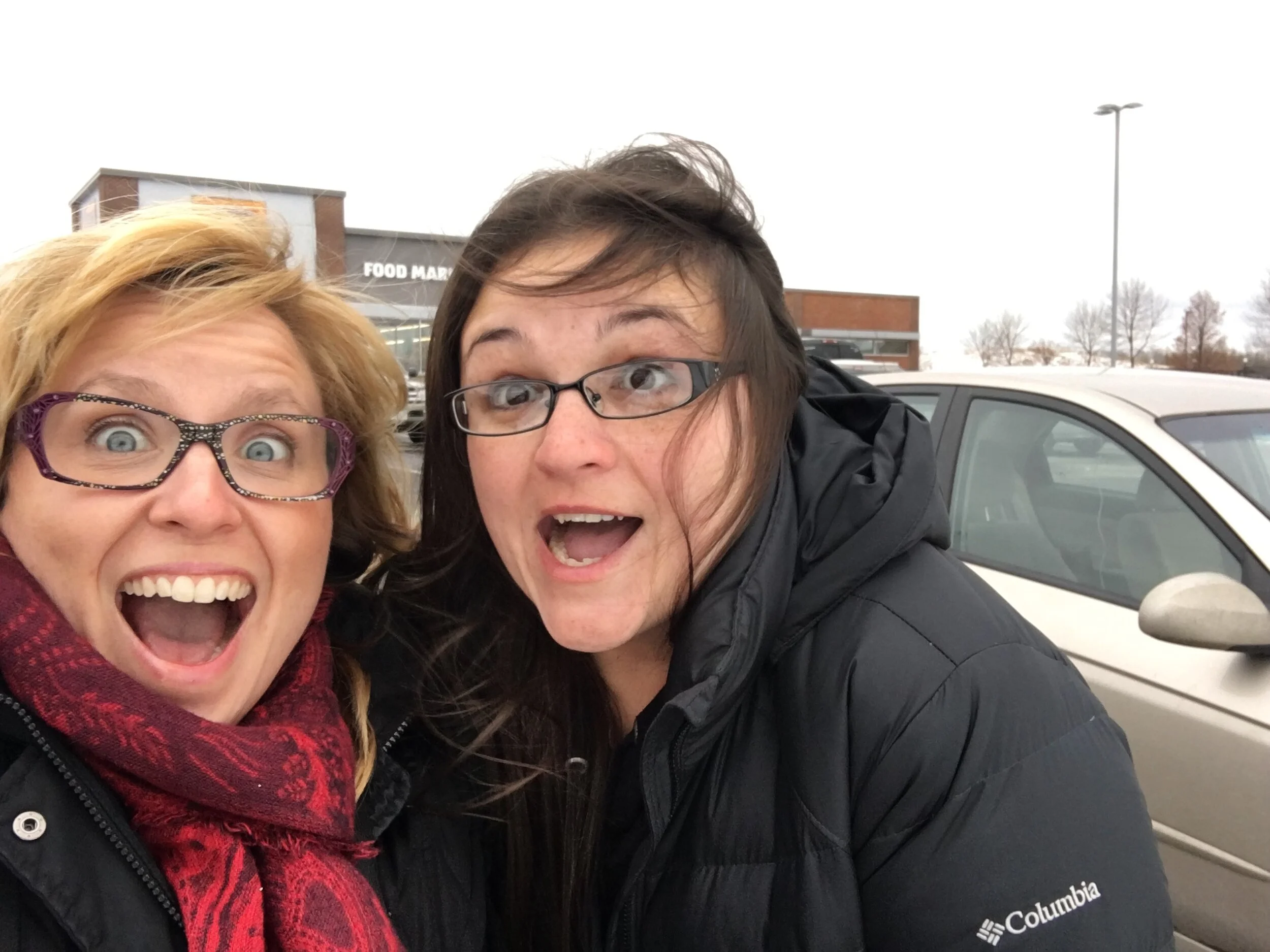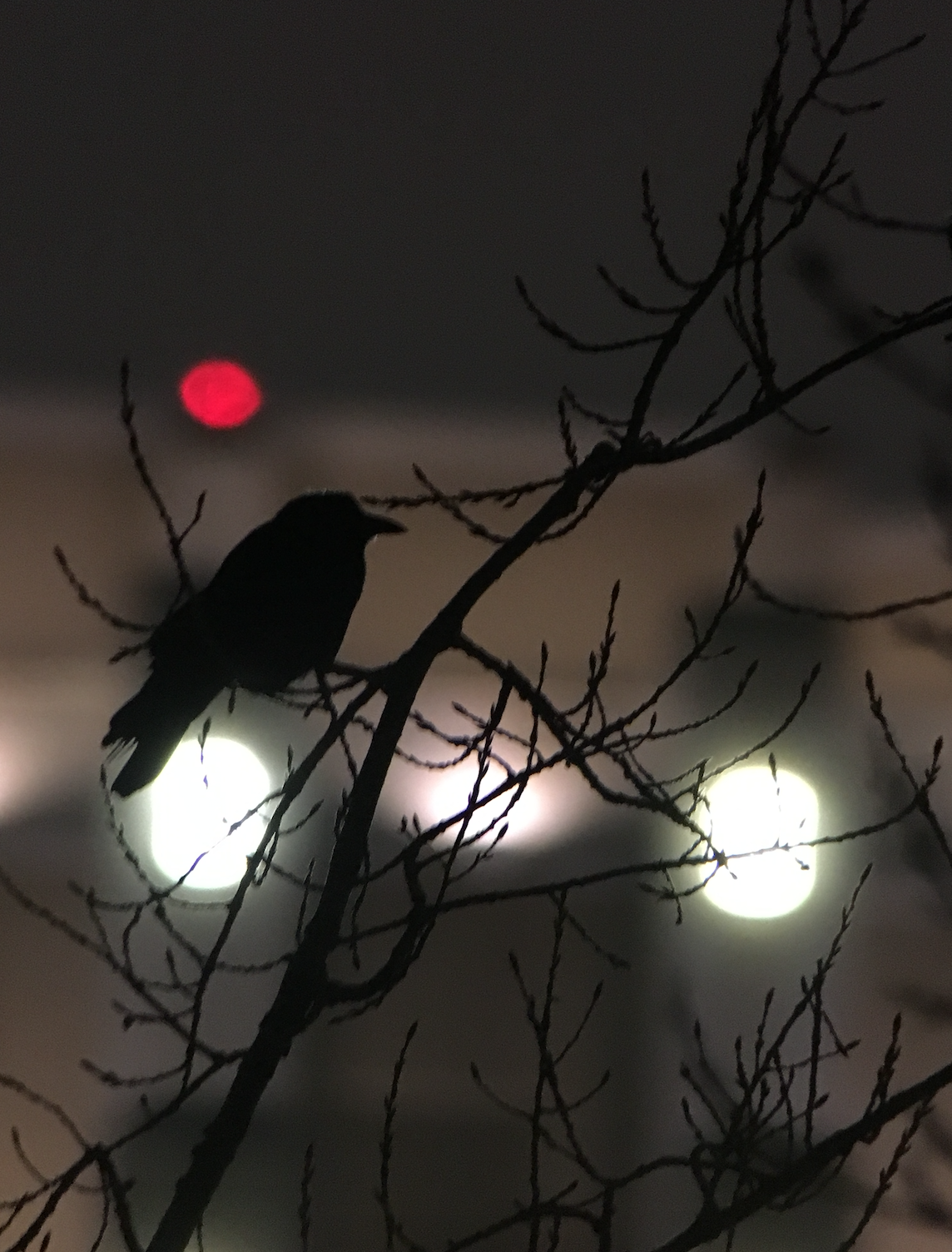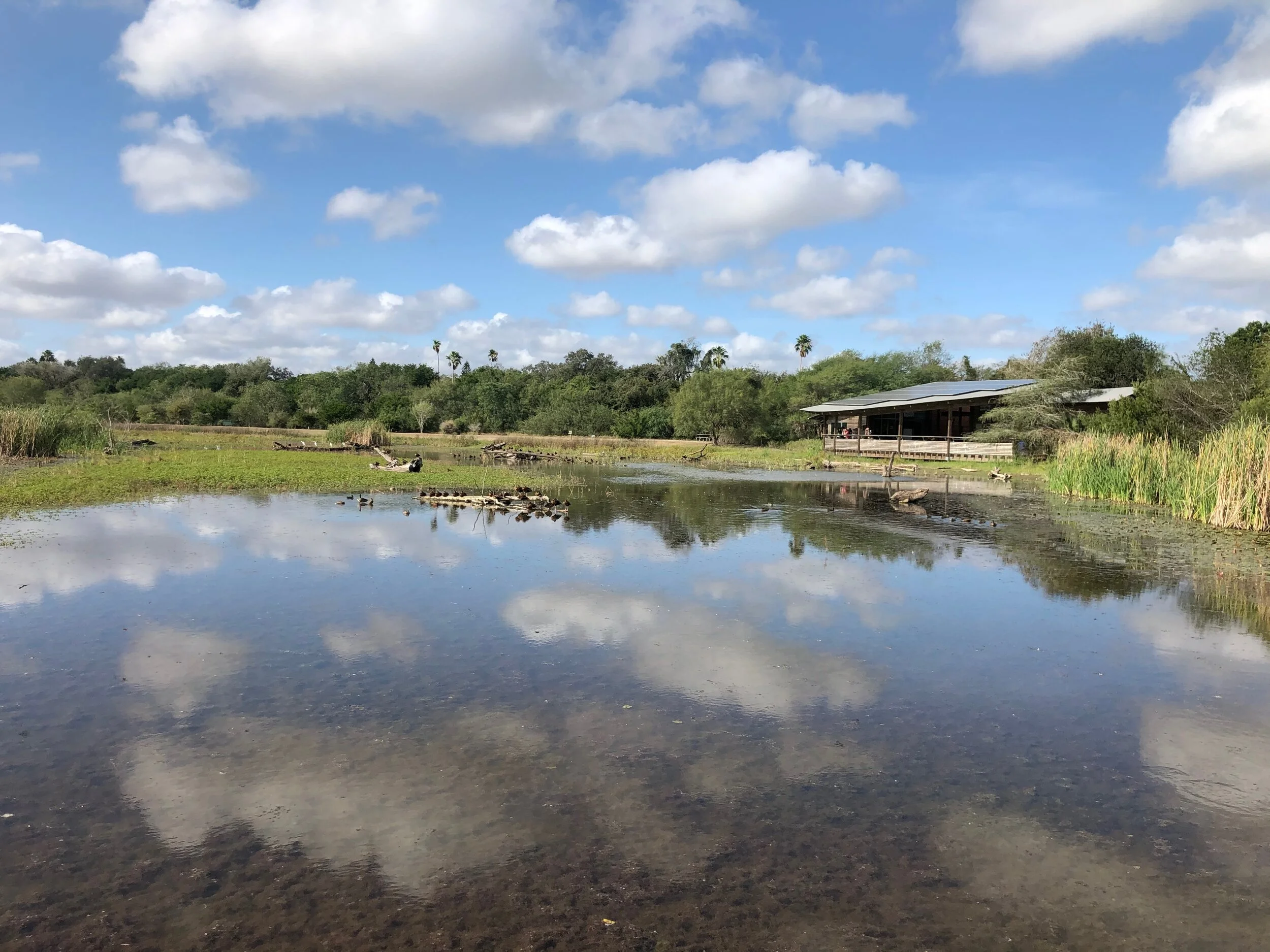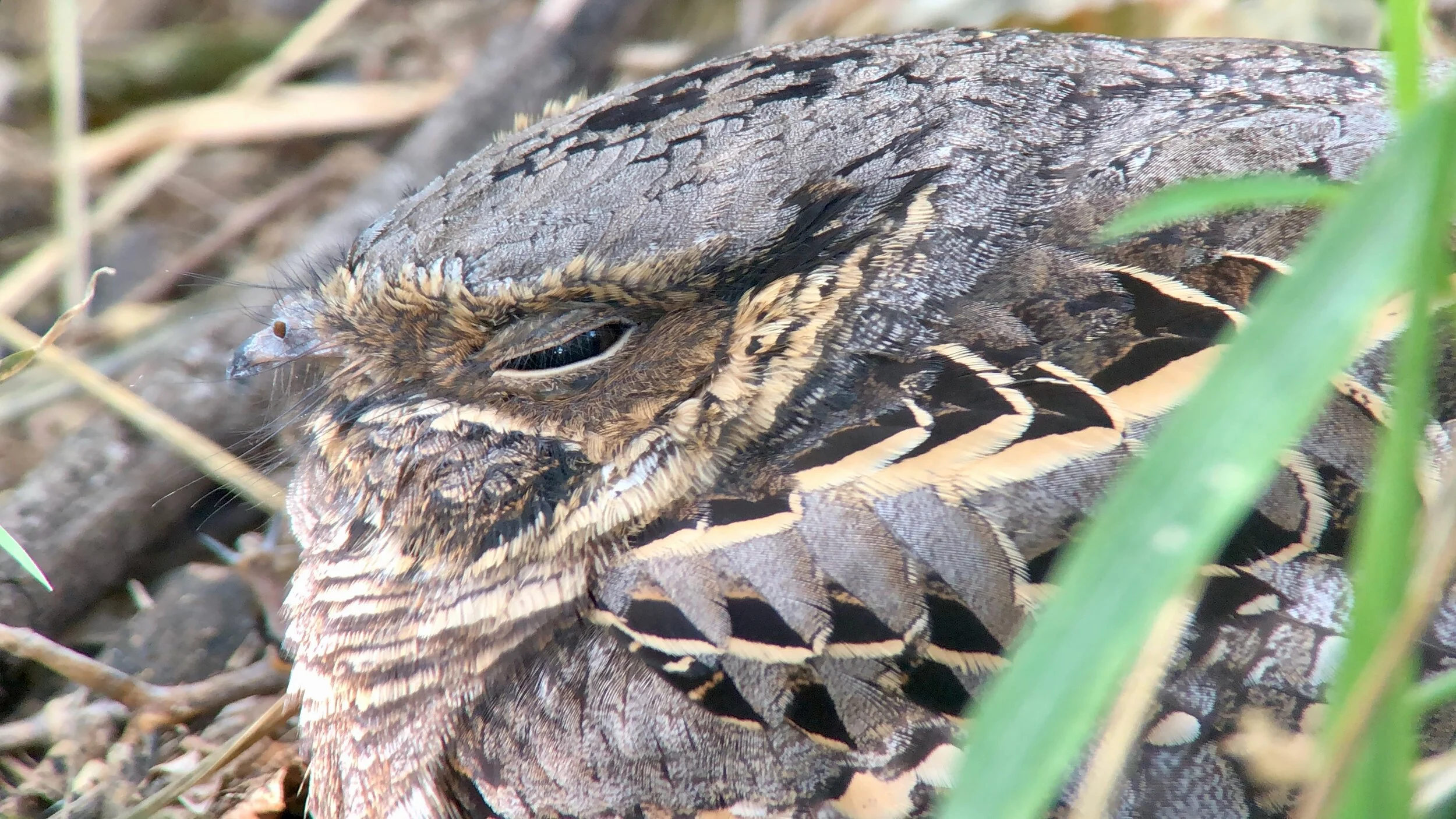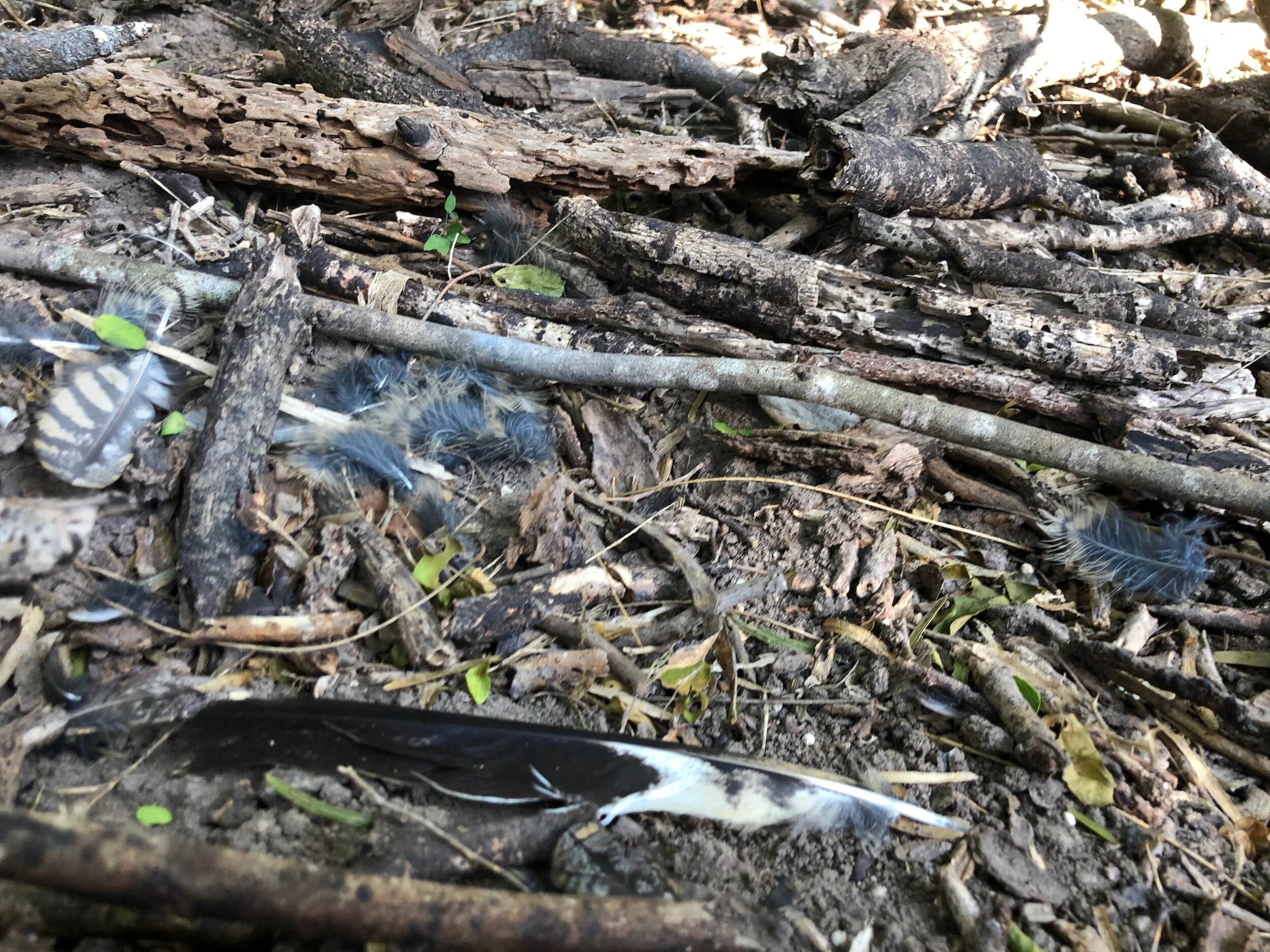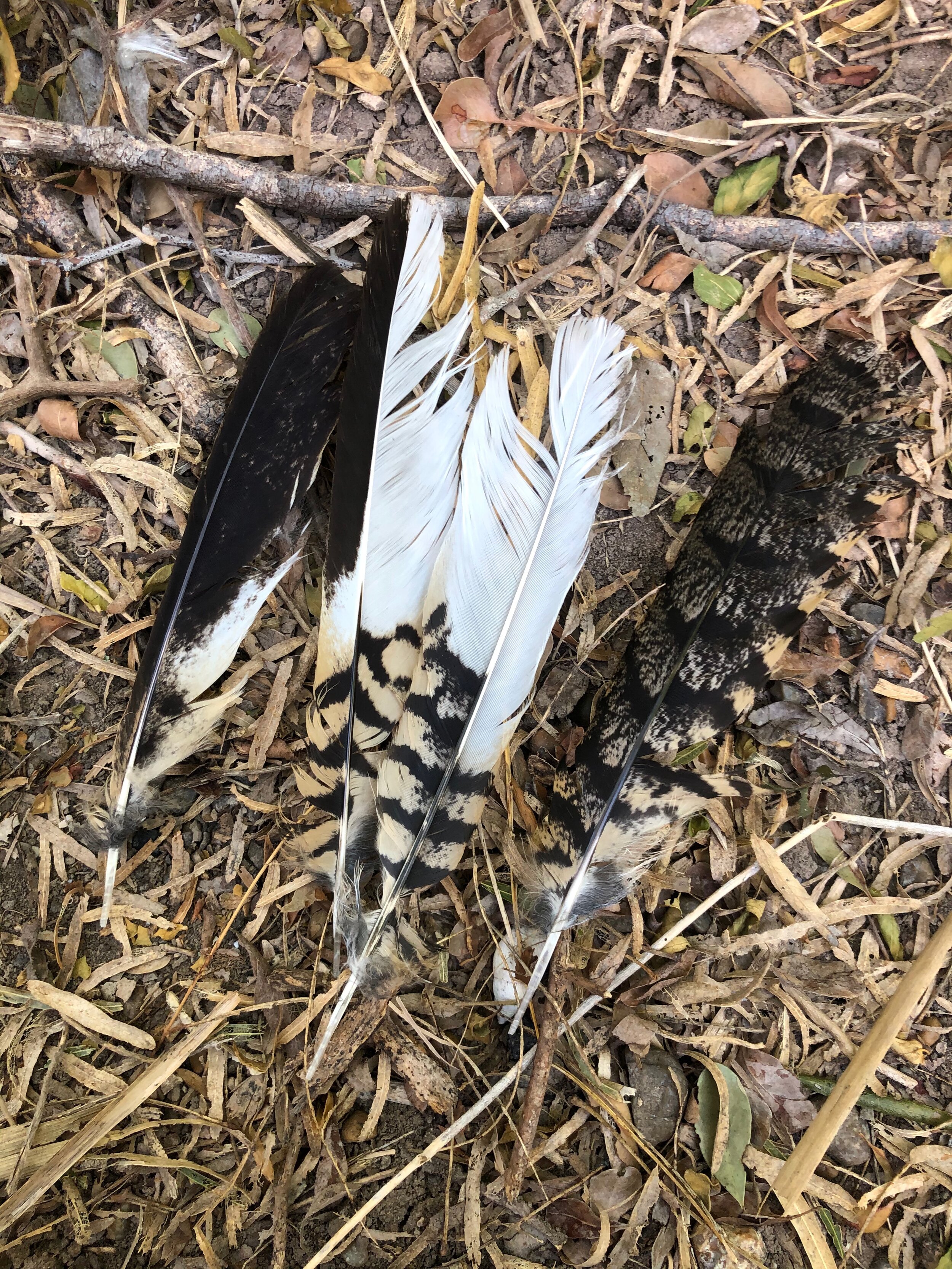“I’d really love some quality time with a skunk,” I said to a person I’d been dating casually. (And they didn’t flee in horror.)
“Let’s go to my cabin,” he said.
I’m not sure if it was because Julie Zickefoose had shared a skunk on social media about the same time or if it simply dawned on me I hadn’t really watched a skunk the same way I watch other mammals, but I was really in the mood to see and maybe photograph a skunk.
I had just cancelled a flight to see friends who are more like family in Chicago, which was an uncharacteristically rash decision for me. I was worried I was being alarmist, but after reading tweets from an Italian doctor detailing how overwhelmed the hospitals were in Italy and that they were making decisions on who seemed the most likely to survive as opposed to treating everyone, it seemed irresponsible to travel on a plane. It looked like lockdown was a possibility for Minnesota as other cities were suddenly getting Covid cases in the United States.
“Let’s go to my cabin,” he said. “It’s remote, we can avoid people. There should be good birds at the feeders.”
This is what we found when we arrived at the cabin:
Arriving at the cabin, the deer didn’t even leave as we unloaded luggage.
Hey, y’all got any more of that millet?
Yep. Those are some amazing “birds” at the feeder. But the cabin isn’t far from Sax Zim Bog and the surrounding county has lots of bog habitat to explore, something I’ve never really had time to visit because I was always traveling. The surrounding fields were chock full of rough-legged hawks and purple finches were well in abundance. I did take a road trip up to the far northern reaches to look for my nemesis bird: the spruce grouse. I was assured by more than one bird guide that this was the spot they took clients to for practically guaranteed grouse.
Alas, my nemesis curse still stands as a northern goshawk was perched at the grouse spot. Don’t get me wrong, I love goshawks, but I’ve seen them, banded them, had one perched on my arm, had a female try to kneecap me…I just want to look at a spruce grouse. Just once.
That was not to be. So I threw out to the universe that I’d like to see a skunk, in daylight and maybe get some photos or videos of one. When we arrived at the cabin, a deer that had been hit by a car was in a ditch on the property. Some canids had already gorged on the carcass. I’m not sure if it had been coyotes or wolves, both are in the area in abundance. As we headed out for some birding one morning, I looked to my left at the carcass and saw a small, black ball on it. “Skunk,” I said, a little surprised that I had sort of willed one out of this air. It trundled away to some melted snow and lapped up water and then headed back to the feast to be found among deer skin and bones.
The skunk has a bit of a rosy glow to the patches on the fur, no doubt from working on the deer carcass.
When I think of a picture that I’ve taken to represent 2020, this one immediately pops up in my mind.
I stayed with the skunk for a long time as the snow gently fell around us. Snow mobiles cruised in the distance, but it was just us. I made sure to give the skunk all the space it needed so it could chow down in peace. And I thought about what was happening. I was supposed to toasting friends in fancy restaurants and instead I was on the side of a county road watching a skunk devour roadkill. And I was enjoying the moment.
I wondered how a lockdown would impair my life going forward. I was actively looking for a new place to live and all the things I’d loved about apartments in the Twin Cities: gyms, saunas, pools, community outdoor space was all being closed off. I was still dealing with divorce forms. Birding events that booked me for my storytelling and workshops were cancelling and that’s a chunk of my income…which I’m now a sole income earner. I was reassessing what I really wanted for my future. When would I be able to travel again? And dating? How the hell do you do that in a pandemic? How do you tell someone nicely, “You’re really a lot of fun, but I can’t see you anymore. It’s not you, it’s the pandemic.”
As I watched the skunk deal with the unanticipated feast of roadkill, I thought about how a pandemic could be a way to do have a sort of “do over.” In some ways, a divorce is a do over, but if a pandemic is going to make life stop, what could I do with that? I love all the travel that I do, but there’s so much in Minnesota that I don’t get to see. Maybe stopping and taking the time to enjoy the skunk and roadkill was what I needed to reassess?
One person I had dated always made plans last minute. 99% of the texts asking, “Want to grab a drink tonight” were answered with, “I’d love to, but I have plans.” They said that I needed to work on my spontaneity. I countered with, “I make plans so I can be spontaneous.” Maybe not knowing what’s going to happen more than two weeks out was a change I need?
Anyway, if you love of a skunk chewing on roadkill being a metaphor for 2020, here’s a video to meditate on.



